Whether you are new to Pema Chodron’s work, or you are already a fan, Welcoming The Unwelcome: Wholehearted Living in a Brokenhearted World, her first work in over seven years, is incredibly timely and sounds like a kind of mantra for 2020, or perhaps the entire decade. It seems either on a global scale, or a smaller more personal one, each and every one of us has something on our doorstep we would rather not let inside. Yet, allowing what we don’t desire to enter is precisely what we must do. As Chodron points out, it isn’t going anywhere.
Kathy Braun and the Role of Hypnotherapy in Healing
Kathy Braun, the Clinical Hypnotherapist of Ann Arbor Hypnotherapy, is my cousin. When she relocated to Ann Arbor about fifteen years ago we all wanted to hear about her hypnosis practice. I was interested, but skeptical. I thought the “hypnotic state” was fiction. Kathy wouldn’t talk about her practice—explaining that the sessions she has with her clients are strictly confidential. She preferred to talk about what she calls her “bragging rights” back in the day when she was in a New York Shakespeare Festival production of Measure for Measure starring Meryl Streep.
Namaste, Katie...Fall 2020
Whether you're a seasoned yogi or getting ready to roll out your mat for the first time,
here you'll find a variety of useful tips from local yoga instructor, Katie Hoener.
Hidden Gems: Green Spaces You Might Not Know About, but Need to Explore!
We’re fortunate to live in a city where nature is preserved. Over 200 parks continue to be open to the public during the pandemic in Ann Arbor, and studies have shown that being in nature makes us healthier, more creative, more empathetic, and more likely to pursue active engagement with the world around us. No wonder Gallup Park gets so crowded! If you’re looking for a quieter space to immerse yourself in nature, these three hidden gems are exceptional places to unplug.
Yin Feminism: Why We Need Balance More Than We Need a Female President
By Kathleen Ivanoff
What is missing in many feminist theories is that they do not address the historical and ongoing lack of valuing, cultivating, and supporting what has been traditionally associated with the feminine or “yin” side of life.
Yin and yang are terms that come from Taoism—a way of working with natural flow and balance that arose in ancient China and explains how the basic structure of all dualities, or pairs of opposites, must be in harmony if one wants to abide in peace, health, and happiness.
Here is a diagram to illustrate:
These two kinds of energies are expressed in nature, but through our long history of over-valuing only one side, our cultures, society, and nature itself, have become profoundly imbalanced. Yang energy (associated with masculine traits) is glorified and upheld as an ideal, while yin energy (assigned to the feminine) is denigrated and denied its value as an equal and necessary aspect of life. It is this imbalance, endorsed and disseminated through our most powerful cultural institutions—religion, education, and politics—that maintains the status quo. We have been duped into believing that yin/feminine/female is simply not as valuable as yang/masculine/male. This breakdown of categories, however, is only the most simplistic way of looking at it. Since human beings are also part of nature, everyone has both yin and yang characteristics, regardless of gender identification. Further, and most important, both of these energies can be expressed in both balanced and unbalanced ways.
For example, let’s take one very basic duality: action/rest. Action is associated with yang energy. Action in itself is not inherently positive or negative—it depends totally on what is needed to bring coherence to any given circumstance. The same can be said for its yin opposite, rest. Rest is not bad or good in itself, but a condition that is equally important for balance and harmony. Since the yang polarity is held superior, action is over-valued as a cultural norm. There is even a sense that every moment must be in service to “productivity.” Many feel nagging guilt because they fail to appease the voice in their head that is telling them they haven’t done enough, or are worried that if they pause, stop, and rest, they will lose the capacity to get up again. The speed of life has seemingly increased because we are immersed in conditions that are a result of profound imbalance—the cult of busyness, workaholism, and three coffee shops on the corner.
Now consider action’s opposite—rest. It’s obvious we absolutely do not consider rest to be as important as action—it is more like something that we must do in order to get back to the “real” business of being productive. Many people, even when they are desperately wishing to be able to let go of the day, find they have trouble sleeping, or return from a vacation feeling even more exhausted. We simply do not prioritize the very real need to do nothing—to stop taking in stimulation and responding to it, to have gaps and spaces in our day that allow us to rest, and to actually do less in winter, and not feel defeated. Rest is not a better state than action. It is, and always has been, its equal. But we do not treat it that way.
Everyone benefits when they look into themselves and see how they are currently manifesting both sides of any pair of opposites and try to adjust toward what is needed to feel and function well. It is simple in theory, but it soon becomes obvious that even if we agree to needed change, the velocity of habits coming from internalized societal values pushes back when we try to prioritize differently. If you recognize this as true, ask yourself: How am I maintaining this distorted bias in my own life?
I suggest we are struggling with inequity because there is still no genuine application of value given to the yin side of life. Yin qualities are simply not appreciated as equally important. As an example, there are now many organizations that give scholarships and encouragement to girls and women who want to pursue education in STEM (science, technology, engineering, and mathematics) fields. These are traditionally the domain of male authority and power and still lead to the kind of career path that carries high prestige and cultural validation. But who is offering prestigious scholarships and awards to those who want to be teachers, nurses, and social workers? Any profession traditionally associated with the realm of the feminine is still very much undervalued, both in esteem and financial compensation.
Yin feminism is for everyone. By drawing attention to the relative lack of value that we maintain regarding yin characteristics, my hope is that we begin to understand things in terms of these energies and how they are embodied, rather than through the more rigid and externalized categories of male and female that tend to embattle people and which ignore all of the subtleties of how sex, gender, and energy, are expressed.
Even use of the term “patriarchy” just seems to turn off most people these days, as it has become perceived shorthand for expressing blame and excoriating criticism of men while generally ignoring how harmful it is to them, too. Patriarchy is poisonous because it has convinced everyone that “yangism,” or exaggerating the value of traits associated with masculinity and further deformed by a dominator mentality, is somehow the recipe for respect and success.
Why has feminism failed to create true parity thus far, and instead, often become yet another way people divide against each other? Feminists fought for and were grudgingly given a green light for women to pursue some of the benefits that most men have enjoyed as birthright. These include education, voting rights, and permission to compete for positions of power and authority outside of the only role within which women have traditionally been allowed power: mother.
This brings me to the area of politics and women. As we saw in 2016, there was a great eagerness among many people to see Hillary Clinton become the first female president. However, I don’t think you have to do much scratching below the surface to see that her political policies aligned themselves with some of the worst aspects of “yangism.” As Secretary of State, she supported positions such as world-wide fracking and numerous military interventions. Whether she took these positions to show strength or because she actually believed they would be helpful doesn’t matter—she represented the status quo, and I believe this is the reason she failed. We must look deeper than the obvious category of gender. We must look toward embracing policies that support the qualities currently missing in our culture that would relieve the unnecessary suffering perpetuated by the notion that rugged individualism is an attainable, superior goal, and that we can continue to plunder Earth’s resources without consequences.
This year, we are again facing a choice that will determine how we either continue to support profound imbalance, or course-correct and choose a way that will bring about the kind of change necessary to survive and thrive. The truth is that we already have the means to address the problems we face—what we don’t yet have is the commitment to allocate our resources and energy in this direction. Even on a symbolic level, if the majority of our taxes are funding the war machine, how can we expect peace?
It might be tempting to assume that political centrism would be the right choice for balance. Again, however, we must look deeper than the rhetoric that embraces a return to status quo as “normal”—something we just need to “get back to.” No—we are in crisis because thousands of years of lopsided values brought us here, and we are really only just beginning to acknowledge that this is not sustainable. Further, we are still not attending to the root cause!
Yin feminism is a direct way of considering and addressing a standard that will restore and replenish life on both an individual and cultural level. Sadly, it appears that we are not yet ready in our society to see a woman in the ultimate position of power who is not upholding the yang status quo. Let us consider what is most important, nourishing, and enlivening, and see what seems to block the ability to access and implement it. As individuals, we have limited capacity to do this if our systems are allocating all our resources for the opposite intent. Now is the time that great change is imminent. Feminism must shift into a clear recognition that what is allied with the feminine—restoration, nurturing health and well-being, emotional depth, and interdependence—is not something to disassociate from in order to garner respect. We must embrace these qualities, live them, and vote them in.
Kathleen Ivanoff holds a master’s degree in Gender Studies and another in Clinical Psychology. As the former program director for Jewel Heart, she worked closely with Gelek Rimpoche to establish the teaching curriculum and taught various courses in Buddhist meditation. She currently teaches creative writing at EMU and has a private counseling practice. To contact her, email kathleenivanoff@gmail.com.
Related Content:
The Grit Behind the Grange
“Join us for seasonal menus inspired by the fresh flavors of local farms and farmers’ markets.” This is the best way Grange Kitchen and Bar can describe what they provide through their inspired kitchen and bar operating in an historic building in the Old West side of town. Their style is simple and elegant, but not pretentious. There is no dress code and all are welcomed to enjoy small plates, entrees, appetizers, and desserts with unique beverages, many fueled by one of the three partners who owns Ann Arbor Distillery. From cocktails to shrimp, the Grange Kitchen and Bar’s menu is truly an homage to fresh Michigan flavors and Ann Arbor’s community custom.
Out of My Comfort Zone
Crazy Wisdom Journal asked a number of leaders in southeastern Michigan’s conscious living community to reflect upon times in their lives that they’ve left their comfort zones to venture out in new ways. In the distant past or much more recently, we asked, what did you do, what inspired you, did it change you, inside or outside, big or little? Did you attend a new class, take an adventurous trip, go skydiving, stretch beyond a long entrenched boundary, start a new relationship or end an old one, take a leap, retire, join the Peace Corps, go on a night trek in the wilderness, or just do something way out of your ordinary?
Some Memories and Tributes on the Crazy Wisdom Journal’s 25th Anniversary
Brian O’Donnell
psychotherapist and Pathwork leader
I am proud to be a member of a community that has such a well-crafted and comprehensive journal that covers the domains of consciousness, healing, and engaged civic life.
This Journal continues to grow and flower, sprouting new branches that showcase the wide array of opportunities for well-being and contribution in our area. I often marvel at the incredible variety of offerings and practitioners that occurs here in my back yard.
The Crazy Wisdom Journal, like the many expressions of wholeness it features, is also itself a healing presence. It illuminates, it integrates, it challenges, it links, and it explores what is below the surface.
Picking up the Journal is akin to walking into the Crazy Wisdom store. I feel expanded, relaxed, stretched, and invited to discover new worlds in a beautifully designed layout.
Haju Sunim
Zen Buddhist teacher
We are so much more a community in this part of our state because of the Crazy Wisdom Journal, Bookstore and Tea Room. Our hearts and minds have been opened and many of us, discovered, through the fine articles, pictures, books, performances, and talks which have been offered. Bill's humility, perseverance, and quiet savvy and enthusiasm as the force behind it all are very much appreciated. Gratefully, on behalf of our Zen Buddhist sangha.
Richard Gull
philosopher and author
Making a few contributions of articles and interviews to the CWCJ over the past ten years has been a joyous experience for me in my retirement from U of M, even though two of the articles were eulogies for close friends—Karl Pohrt and professor Immanuel Tanay. An in-depth interview with Professor Howard Brick in 2012 about a conference he organized about the Port Huron Statement, the manifesto of Students for a Democratic Society, followed by an article in 2014 about my experiences at the Esalen Institute in Big Sur, California taught me about the connection between the New Left and the New Age, which both started in 1962. In 2018, I published a piece derived from my adoption memoir. I loved working with Bill, Maureen, and Carol, who provide thoughtful editing and professional design. CWCJ has been a vital resource for this community, a vehicle for a diversity of creativity. Happy 25th.
Sandor Slomovits
musician and author
First of all, congratulations on 25 years! I have been reading the Journal all these years because it highlights people, communities, and their work within the Ann Arbor community, who I might not have learned of in any other way. I often find things in the Journal that turn out to be interesting and useful in my life.
About six years ago I began writing articles for the Journal; profiles about people and organizations in our community who I admired because of the valuable contributions they make to the quality of life locally, and nationally. I am particularly grateful to Bill Zirinsky and all the Journal staff, for giving me that opportunity. Here is to your next 25!
Cam Vozar
psychotherapist
Crazy Wisdom Journal is about community and connection. It is intertwined with the bookstore, the tea room, and the meeting room. It is a place where I belong.
As a reader, I love the breadth and depth of the Journal from animal therapy to yoga, plus poetry, music, artists, books, and a children’s section. All included in one holistic calendar. Through the deep interviews I reconnect to old friends and meet new practitioners. It is full of social, political, and spiritual learning.
As a practitioner, the Journal was supportive in starting my private practice business. 25 years ago, EMDR and transpersonal therapies were not accepted as alternatives to more traditional psychotherapy. I could advertise a lecture for free and a business card listing for a modest price. I always felt it was a good return on my energetic investment.
When I was featured in an article, I appreciated the professionalism and quality of the interviewer. Crazy Wisdom wants to get the story right. I am grateful to Bill and Ruth for their vision and values that helped make Ann Arbor a place I want to live and work.
Barbara Brodsky
meditation teacher and author
When I moved to Ann Arbor in 1968, and sought people with whom to meditate, there was nothing! My husband and I attended Ann Arbor Friends Meeting and found real spiritual fellowship there, but we also sought companions for broader spiritual exploration. I was delighted to see Crazy Wisdom open its doors in 1982 and meet a few people with similar interests while browsing for books. So many of us longed for connection and dialogue. Later in the 1980’s I began to open my home to people interested in meditation instruction and to talk with Aaron. It was hard to reach people in those days. Word of mouth worked best, and flyers left in the bookstore. So many of us desperately longed for a forum, a way to exchange ideas, offerings and to get to know each other. Thanks to Crazy Wisdom Community Journal for providing that.
One day in early 1990, just a year after the formal start of Deep Spring Center, someone came to my door with a funny story. She had gone into the CW bookstore looking for she didn’t know what, slipped on one of my flyers that had fallen on the floor, caught her fall by grabbing the shelf, which pulled the book “Miracle of Love” about Neem Karoli Baba (my guru throughout this lifetime) by Ram Dass, down on her head. Nothing happens by chance! She picked up the book and my flyer and came to find me. She and her husband were soon regulars coming to our house for meditation and evenings with Aaron and we are still good friends 30 years later. Spirit works in wonderful ways and it is working through CWCJ. Thanks to all who have created this wonderful store and journal for us all. It has been a joy to write some articles here to share my experiences and to read about and meet so many of you. I look forward to seeing where it goes in the future.
Related Content:
THE POWER OF YOGA NIDRA
A lot of people have a hard time meditating, but one of the things we all know how to do is sleep. Every night when we fall asleep, there’s one thing we must do to be successful—we have to let go of our thoughts.
Yoga Nidra is a sleep meditation. It uses the biological process of sleep to help us naturally and effortlessly disengage from our thoughts. So, we don’t have to struggle to sit up straight, no kinks develop in our knees, and there is no pain in our back. Instead, we are lying down in a comfortable position and relaxing toward sleep, where we can experience the deepest states of meditation effortlessly.
Crysta Goes Visiting, Fall 2020
When I was asked to take over this column in 2014, I had no idea where it would take me. It goes without saying that I have met some amazing, passionate, and creative people. Some have become friends and touched my life in ways beyond the scope of my column.
Nicole Marinette Bedy (Spring 2015) performed a house cleansing when my now-husband and I purchased our first home. Jen Mullins (formerly Gossett) of Fairytale Baked Goods (Spring 2016) made the scones at our wedding, which people still talk about over three years later.
In celebration of the Crazy Wisdom Community Journal’s 25th anniversary, I wanted to look back and check in with some of the people featured in the Crysta Goes Visiting column. I hope our readers enjoy seeing where they are now as much as I did!
Great Lakes Herb Faire -- Learning and Sharing The People’s Medicine
Cool wind whistled through the white pines, bringing the first hint of winter on this early September day. I was west of Chelsea, visiting the Great Lakes Herb Faire. The Faire provides classes for herbal and naturopathic practitioners and students, shared ceremony, and time for community meeting. Successful since it began in 2014, the Faire draws herbalists from around the country to speak and present, but its focus remains the Great Lakes region, its plants, and practitioners.
Motawi Tileworks--Local Craftswoman Nawal Motawi has Built the Leading Art Tile Manufacturing Business in the Country
Scattered throughout Ann Arbor, and in homes across the United States, the jaw-dropping showstopper of a renovation is a longed-for big statement and focal point boasting the lush colors, careful curves, and elegance of Motawi tile. Be it a rich palette of field tiles gleaming across a foyer, colored Celadon and Caribbean Blue, and framed with nature inspired accents, or a graceful interpretation of Charley Harper’s red birds, installed within a kitchen surround, becoming the trill and warm quiet of the woods, ceramic artist Nawal Motawi’s decorative, handmade tiles elevate the statement of the space.
Carnivores Unite! A Meat Eater's Guide to Supporting Local Farmers, Mongers, and Butchers
My passion for great food, and for those who produce and handle all aspects of providing it, is at times an obsession. I become a little rapt when meat and fish are involved because I have health issues that demand clean, healthy food, and environment. I place huge emphasis on the person behind the product when I embark on seeking out a farmer, hunter, monger, or purveyor. There is a symbiotic relationship between one who raises, gathers, and hunts animal meat and the end consumer. This relationship should be taken on with deep sincerity and thoughtfulness. I prefer, when possible, to purchase meat from animals bred and raised locally. The animals feed from grass in the pasture where they live and roam, until they are nearing full growth. At this point they are usually grain fed for higher fat marbling, but the lives of the animals are still cared for and properly managed.
Supporting Spirituality in Seniors
Years ago, when I was working as a geriatrician, I had a patient named Maria. She was an 82-year-old Italian woman who had been raised in a convent in Italy. She had crippling arthritis that gave her terrible back and knee pain, and was only minimally relieved by all the many medical interventions we tried. She spent most of her day on a narrow bed in her bedroom where she had a life-size statue of Saint Therese of Lisieux. She managed to drag herself to church every day where she insisted on painfully kneeling during Mass despite my attempts to convince her that God would hear her prayers just as well if she sat in the pew. Although I considered myself to be a spiritual person, I still found it hard to understand how her faith could sustain and allow her to keep going in a situation that most people would have found intolerable.
Roxane Chan--A Warrior’s Path
By Debbie Wollard
“Look at every path closely and deliberately. Try it as many times as you think necessary. Then ask yourself, and yourself alone… Does this path have a heart? If it does, the path is good. If it doesn’t, it is of no use.”
—Carlos Castaneda
Dr. Roxane Chan has been a nurse all of her career. She knew that she wanted to be a nurse early on, and even though, as she says, she was naïve and idealistic, somehow she also knew that nursing was a key part of her emotional and spiritual journey. She sees her role as nurse as a vocation, as a piece of who she is, rather than merely what she does for a living.
Chan grew up on the south side of Chicago in a family with a mixture of joys and dysfunction. “In my young life, with the struggles in my family, I didn’t see a clear path to happiness and wellness, until I discovered nursing. Somehow I knew that nursing was going to be my path from dysfunction to health.”
Chan has strong Italian roots and a deep faith shaped by her upbringing and broadened by her life experiences. She tells the stories of how two key women in her life set her on a spiritual and an intellectual path, and helped her link head and heart in all that she does. Her Aunt Shirley gave her books about strong women and encouraged her to read and to learn, giving her a very different message than she received from her teachers and parents. Neither her high school teachers nor her parents expected her to go to college, nor did they encourage her. She sent her own applications off and surprised them all when she was accepted into Northern Illinois University. Four years later, she received her bachelors degree in nursing, and again surprised everyone when she graduated with honors. “My parents were continually startled throughout my graduation ceremony, because I kept standing up as they called my name for honors. In contrast, they were very excited that I was in the NIU Marching Band, and told their friends with pride of that achievement.” Submitting her own college applications, and following through on her acceptance into college by going, was the first time that Chan can remember advocating for herself and charting a course with intention and conviction.
The second woman of note in Chan’s life was her neighbor Angie, who shared her spiritual practices openly, and showed Chan for the first time that there were women priests. Although they didn’t call themselves that, she recognized Angie as a spiritual teacher and watched her carefully. Angie burned palms and said prayers in such a way that it helped Chan begin to create her own rituals. She was raised in the Catholic church and was drawn to the practices of that faith that gave her peace and a firm foundation.
Read related article: The Crazy Wisdom Interview with Dr. Molly McMullen-Laird and Dr. Quentin McMullen, Founders of the Rudolf Steiner Health Center, on Anthroposophic Medicine
She went to public school, but for first communion and confirmation classes the public school students joined the Catholic School preparations. The Catholic School children all wrote “JMJ” at the end of their names on the top of their papers (for Jesus, Mary, and Joseph). Chan wanted to write these initials too, but they weren’t allowed to do so at the public school. She used to say the rosary every night before bed. “We learned that if you fell asleep before you finished the rosary prayer, your guardian angel would finish it. That was magical to me, and I believed it.” Her experience at the Catholic School was so compelling that she wanted to be there every day, to be with the nuns.
As a grown woman, Chan continues to be a woman of ritual—she knows how to set a sacred space and how to hold that space. When I asked her about this, she said that it started at a young age. She would go to church for the special prayers, and she loved to spend time with the nuns. She remembers only kindness from the nuns, and their calm, patient demeanor. These women were the antithesis of what she had at home, and she found comfort and peace there. She told of how she would soothe
herself by reciting the rosary, and how at a young age she would pray for others using the rosary. While Catholicism is not the faith that she practices now, Mary and the Rosary are still important parts of her spirituality.
Chan’s journey in nursing has always included care for the marginalized populations and care for the caregivers themselves, and she has committed her life to working for social change. Early in Chan’s career she was the Nurse Manager at the County Hospital in East Los Angeles, and she is proud to have been part of creating an award-winning unit in the face of low/no funding and minimal basic necessities (no clean water to drink, no air conditioning in the hottest months). Her work with this unit transformed them into a team that was called on to train other teams across the country. “It all started with a large piece of butcher paper hung on the wall with one question: What would you like to learn?” Chan said. “I was thinking they would answer with skills they wanted to learn, but the nurses took the question broader and wrote all kinds of things on this large piece of paper.” Chan went on to say, “Once this happened, and I saw that there was a lot of valuable information written down, they began to trust me, and we began to listen to each other and talk to each other. No one had ever asked them for their thoughts and ideas before, and I opened the flood gates. Talking and listening to each other matters!”
Chan has continued to broaden her “lane” from patient care, to nurse care, to teaching nurses about advocating for patients and being present to patients in a way that only nurses have the opportunity for and considering nursing as a vocation with breadth. She did all of this through her work as an Assistant Professor at Michigan State University in the College of Nursing. She tried to convey her experiences in such a way that the students who were training to become nurses didn’t miss the beauty, complexity, and importance of their role as caregiver. “As nurses we get to be in situations that are very intimate with patients when it comes to wound care and care for their bodies and our presence in their time of need.” Chan got misty-eyed as she tried to convey this complex idea of presence and continued by saying, “I could sit for days and days and think of one beautiful, powerful, meaningful exchange after another. It has been such a privilege to be with people in this way. In our medical model today, the newest nurses could miss this beauty, and I don’t want them to miss it—to overlook the things that remind us that we are all connected.”
After six years at MSU, Chan has finished her time in this role. In reflecting on the things that she is really proud of accomplishing at MSU, she cites examples like how she used innovative and creative methods to teach integral processes for patient care and the medical team approach. She started a holistic student retreat that gave the students the building blocks for not only patient care, but key ingredients and encouragement for self-care. She used her love of, and extensive experience with, drumming circles to teach the students the “Team Steps” process for calling out when they recognize that something isn’t going right in a patient care process.
The drumming circle gives them practice in making “a big noise stop and using their own voice to name what they see is happening.” In a drumming circle, even though the students felt silly sometimes, she had them all (30 plus students at a time) on drums, drumming together, making a big noise and then one by one, they made a grand gesture with their arms or their vocal voice to make the sounds stop. Then, to get the sound restarted they shared a rhythm on their drum that they have made up (representing their own voice), everyone repeats that rhythm before continuing around the circle, giving each student practice to stop the loud noise and start with their own “voice” (drum). Because the students mentioned her name repeatedly, it peaked the Dean’s interest enough to seek out Roxane and ask about her creative teaching methods. This gave Chan comfort and lifts her heart when reflecting on her time at MSU. It is confirmation that the students were understanding her message. She has been glad to be a voice in the MSU program. She has been told that she is “too creative” on more than one occasion. Chan takes that as a compliment.
As she contemplates this time of transition, Chan feels a new wave of work rising, which she calls “Warrior Nurses.” She doesn’t see this as a training, but more of a movement—a movement that, in her minds-eye, has thousands of nurses wearing Warrior Nurses T-shirts and showing fierce compassion for themselves, their patients, their fellow nurses, and society as a whole.
In the workplace, a Warrior Nurse would take the time that they need to eat, go to the bathroom (there are many circumstances where nurses go long periods of time without ever relieving themselves), and the time needed to be present with each patient—fully present. Warrior Nurses would meet difficult circumstances with compassion and be present to themselves and others more fully. “Holding a space of peace is much harder than war or conflict.” Chan is a Mindfulness Self Compassion (MSC) trainer and sees this as key to not only caring for patients, but caring for ourselves. “Acceptance, or meeting people where they are, can only happen because I can meet myself where I am.”
Read related Article: Expanding the Scope: First-Year Medical Students at U-M Shadow CAM Practitioners in the Community
Chan says that “the connections of past experiences with current moments are often surprising. Seemingly random opportunities come back to be meaningful in a current experience.” Navigating transition times takes a lot of energy when done with integrity and intention. She is opting to, as she said, “Go back to the building block skills of first things first” and ask herself the question,“What do I need to do right now?” over and over again.
Chan marvels at all of her years of nursing care and at her evolution as a nurse, mother, teacher, mentor, companion, and sponsor. A clear path doesn’t necessarily mean a direct path. In Dr. Roxane Chan’s life, the only clear path was in nursing, which helped her move from dysfunction to wellness, from the shifting sands of a life in an unstable home to the foundation-building experiences from which she will launch into her next endeavor. She is a Warrior Nurse on a clear path to changing the world one encounter at a time.
Roxane Raffin Chan, PhD, RN, AHN-BC is currently working at Cristo Rey Community Organization as program director and is a member of an eight-person CREDO faculty team providing wellness conferences for Episcopal clergy through the Episcopal Church Pension Group. Chan also maintains her own practice, Chan Body Energy, LLC, where she works teaching mindfulness and self-compassion workshops with individuals and groups in the community. Find out more about Dr. Roxane Chan, and her offerings, at chanbodyenergy.com
Related Articles:
The Devil Wears Denim, or Linen, or Wool — Locally Sourced Clothing is Good for People and the Planet
“Buy local.” It’s a phrase we’ve seen for years, encouraging us to support the mom and pop down the street, the independent bookstore, and the small retailer. Local food and the local food economy have grown in Michigan over the last decade, and the Ann Arbor Farmers Market features new farmers every year, but there are other needs and areas that could benefit from using the same lens. Clothing is one of them.
Shamanic Healing for Pets
Buddy, a large dog, had a chronic seizure disorder from the age of two that got progressively worse with age. During some of the more serious grand mal seizures, Buddy became fearful and anxious, creating an internal environment conducive to additional seizures. Shamanic journeying revealed strategies that his person could use to support him in his process when seizures did occur, and helped to identify the parts of his brain that were affected. His journey involved a rebirth with his mother, a type of dismemberment, which also restored parts of his soul spirit. Overall, his endurance of his seizures was much calmer.
Over the Huron River and Through the Woods: Ann Arbor’s Outdoor Summer Camps (Oh My, Registration Deadlines are Just Around the Bend!)
Just this year, I learned that several kids’ summer camps take trips down the Huron River, and I thought that sounded like a great replacement for the bygone childhood romps through nature. These days, everything is scheduled, so why not pencil in some river tubing fun? Well, things didn’t go quite as planned because of the pollution, and a few other problems we ran into along the way, but there are still some cool ways to sign your kids up for some water-themed fun this summer. Here is what we learned about how to keep your kidlets safe while attending outdoor programs.
When I’m 64: Getting the Most Out of A Psychic Reading
Her fingers glided easily over the silk of the deep red sari that she wore. Her lipstick matched the dress and contrasted with her short, trendy black hair. She left her three children at home with their nanny, as she was joining her husband at a close friend’s house for a dinner party. She was looking forward to seeing her new friends that night, fellow spiritual seekers. She was in her early 20s and felt the entire world was within reach. They had lived in India for the past few years—a country that she fell deeply in love with. Unbeknownst to her social scientist husband, she had found meditation, vegetarianism, and had her first out-of-body experience.
Her fingers glided easily over the silk of the deep red sari that she wore. Her lipstick matched the dress and contrasted with her short, trendy black hair. She left her three children at home with their nanny, as she was joining her husband at a close friend’s house for a dinner party. She was looking forward to seeing her new friends that night, fellow spiritual seekers. She was in her early 20s and felt the entire world was within reach. They had lived in India for the past few years—a country that she fell deeply in love with. Unbeknownst to her social scientist husband, she had found meditation, vegetarianism, and had her first out-of-body experience.
What Do You Live For? Informing our Response to Turbulent Times
We live in turbulent times, yes, but human history has been full of crises, natural and man-made. What is important, what makes or breaks us, is how we respond to life’s challenges as well as its gifts. Maya Angelou wrote, “You may encounter many defeats, but you must not be defeated. In fact, it may be necessary to encounter the defeats, so you can know who you are, what you can rise from, how you can still come out of it.” All we can do is try to meet that challenge with power and presence, becoming bigger through our response, and perhaps even do something positive in response.
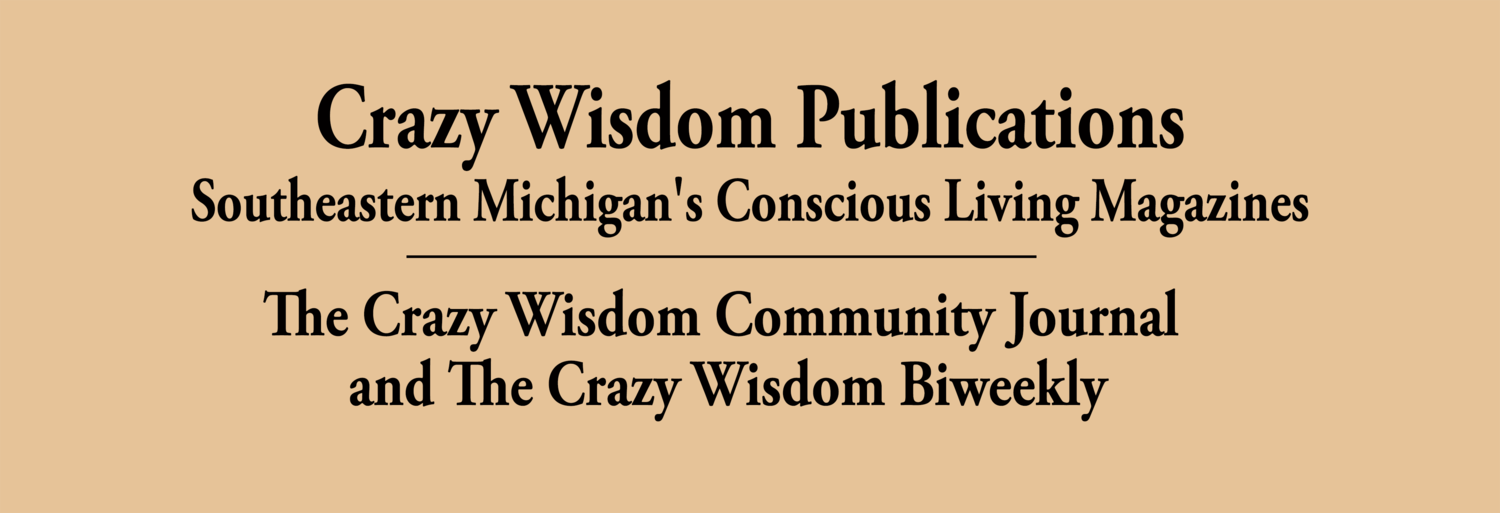
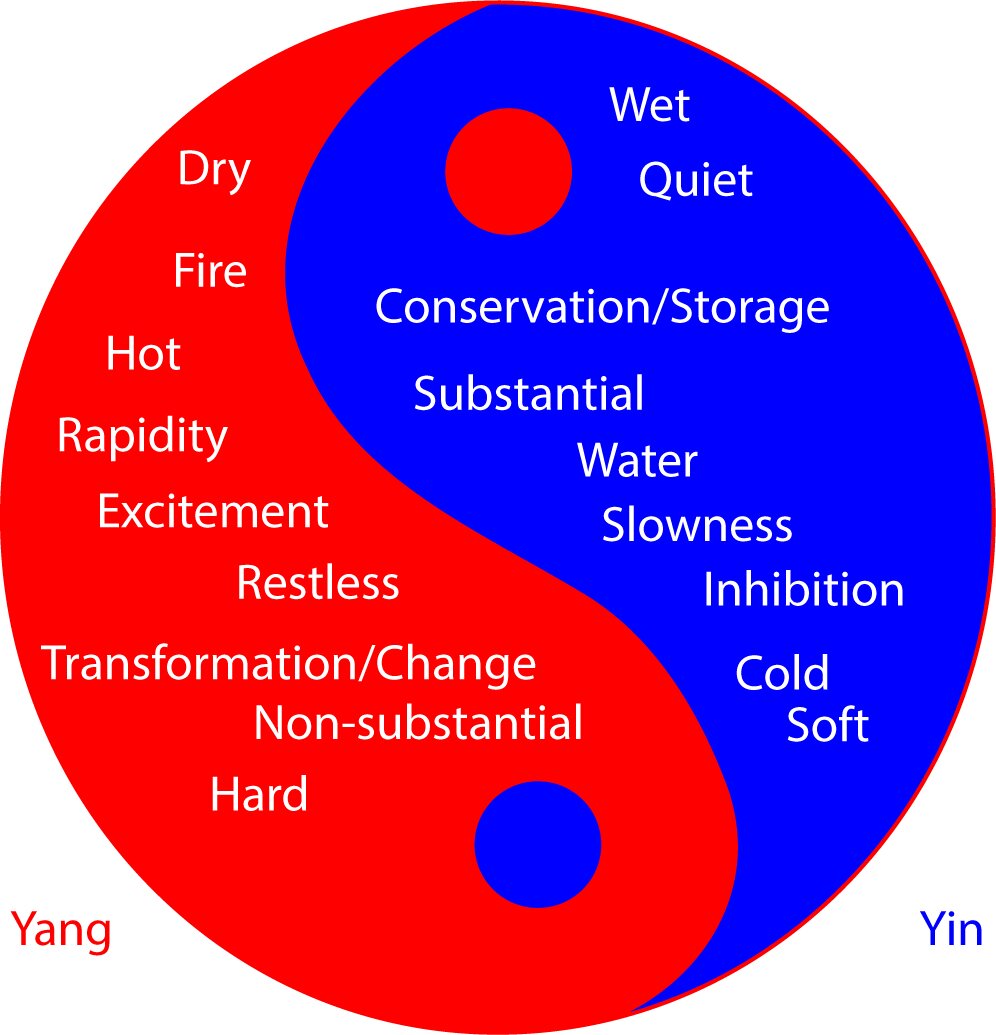



















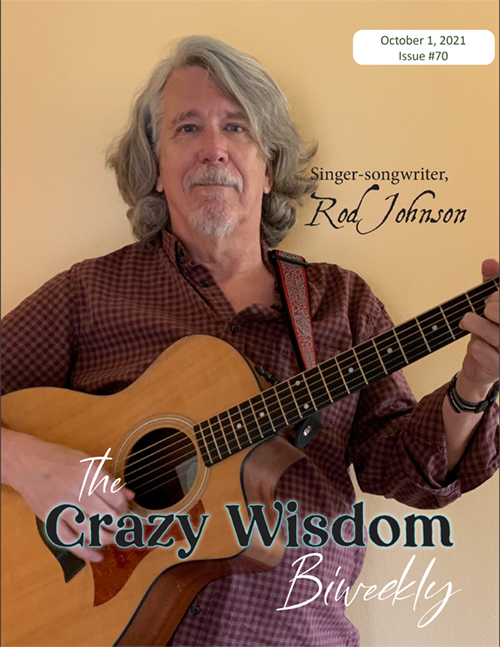
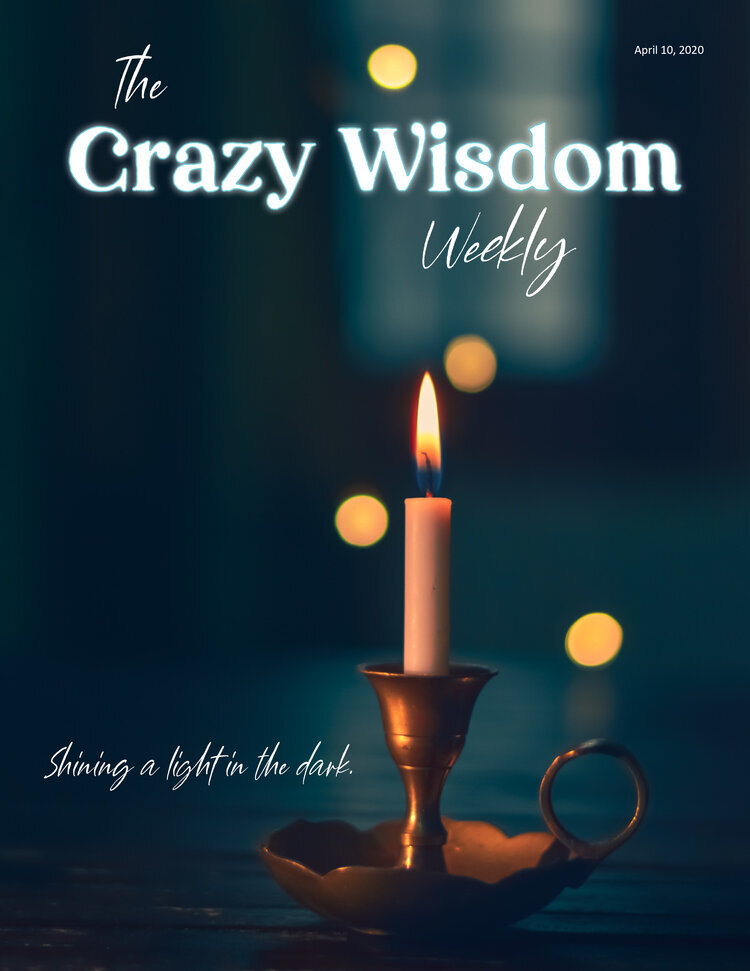

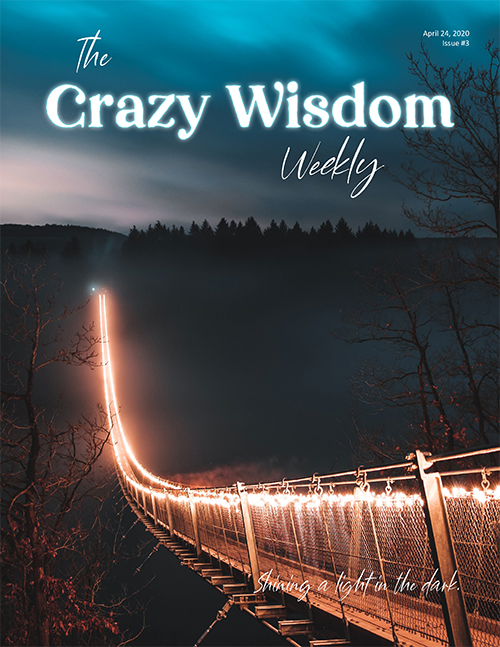


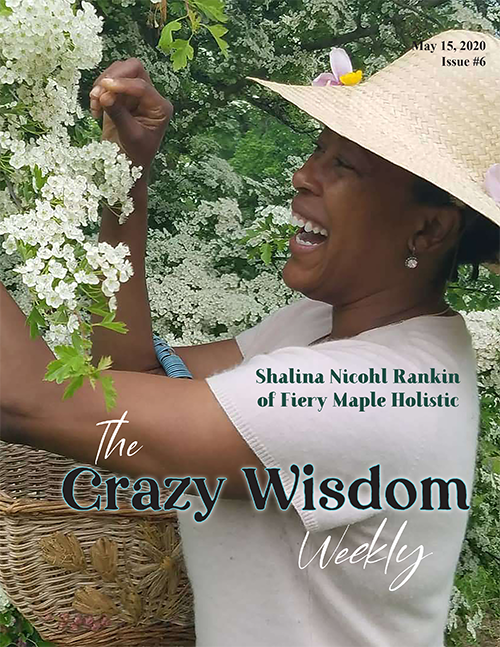
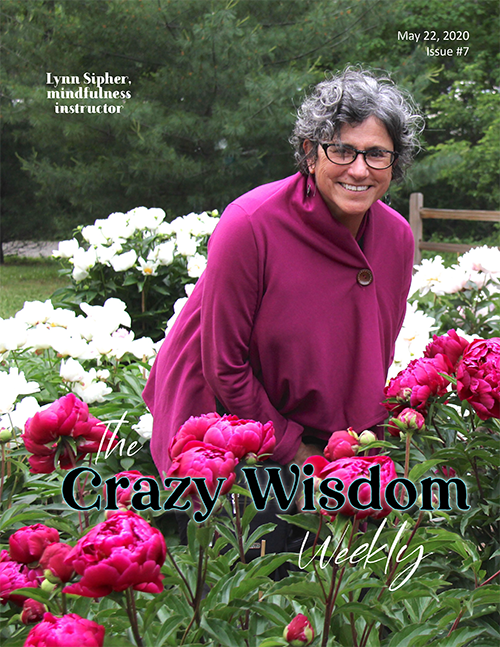


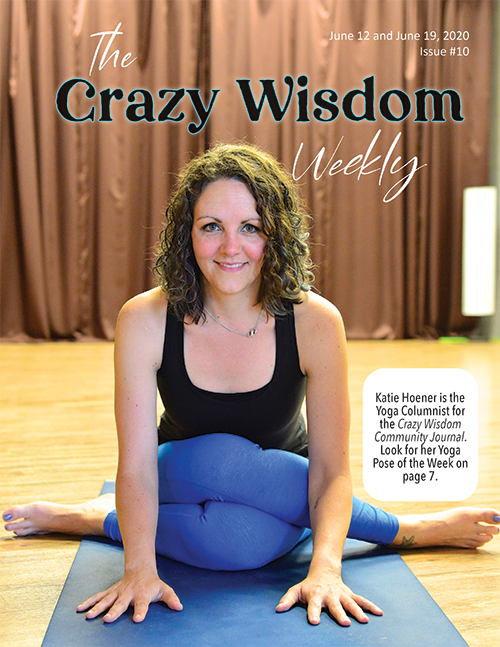
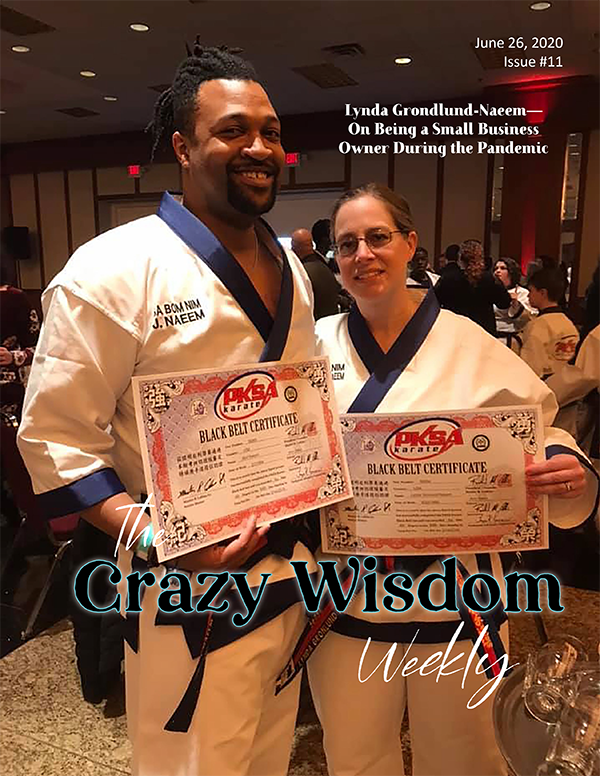
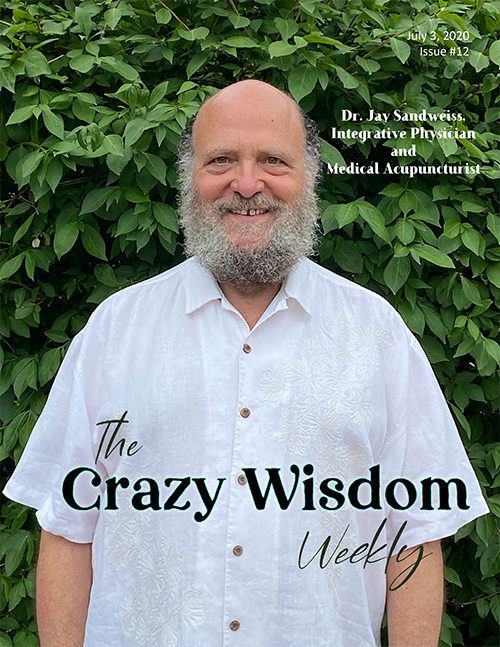
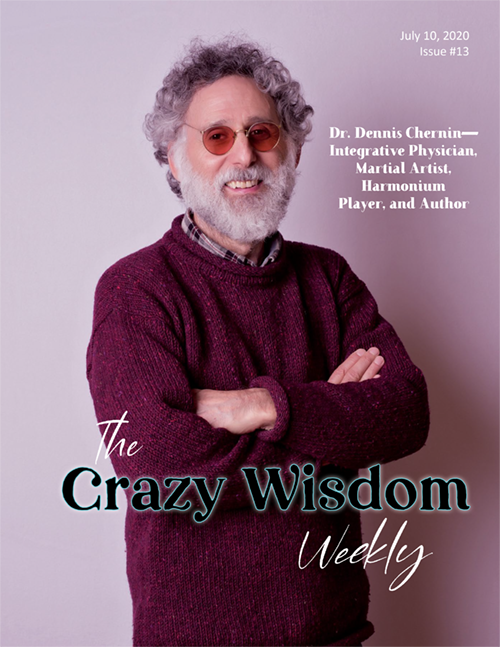
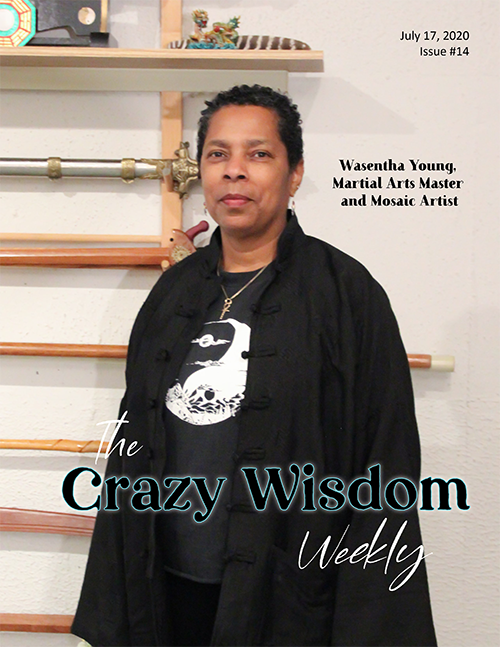
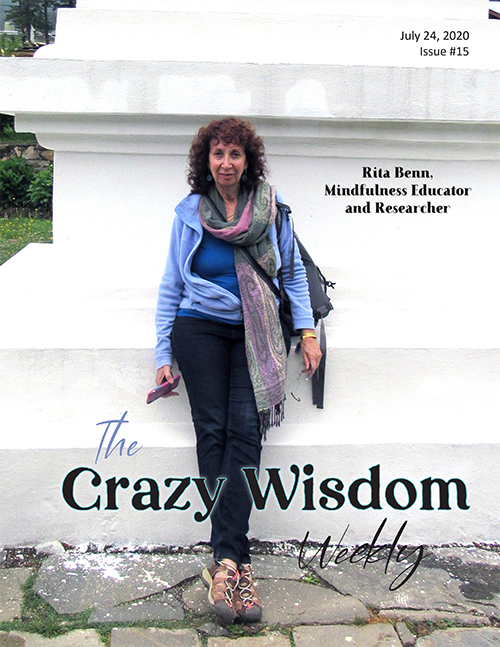
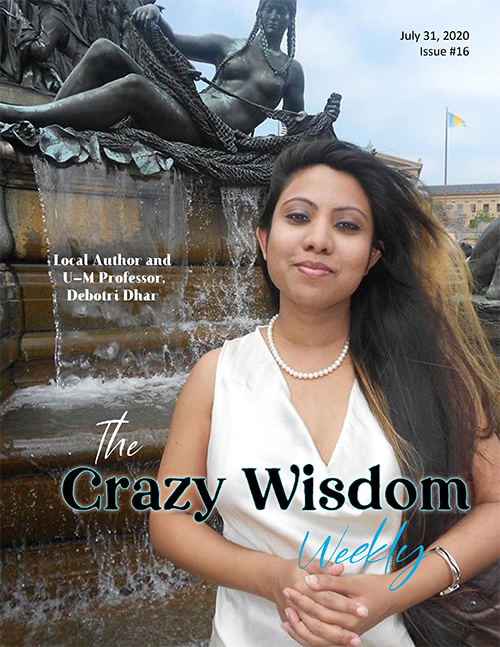
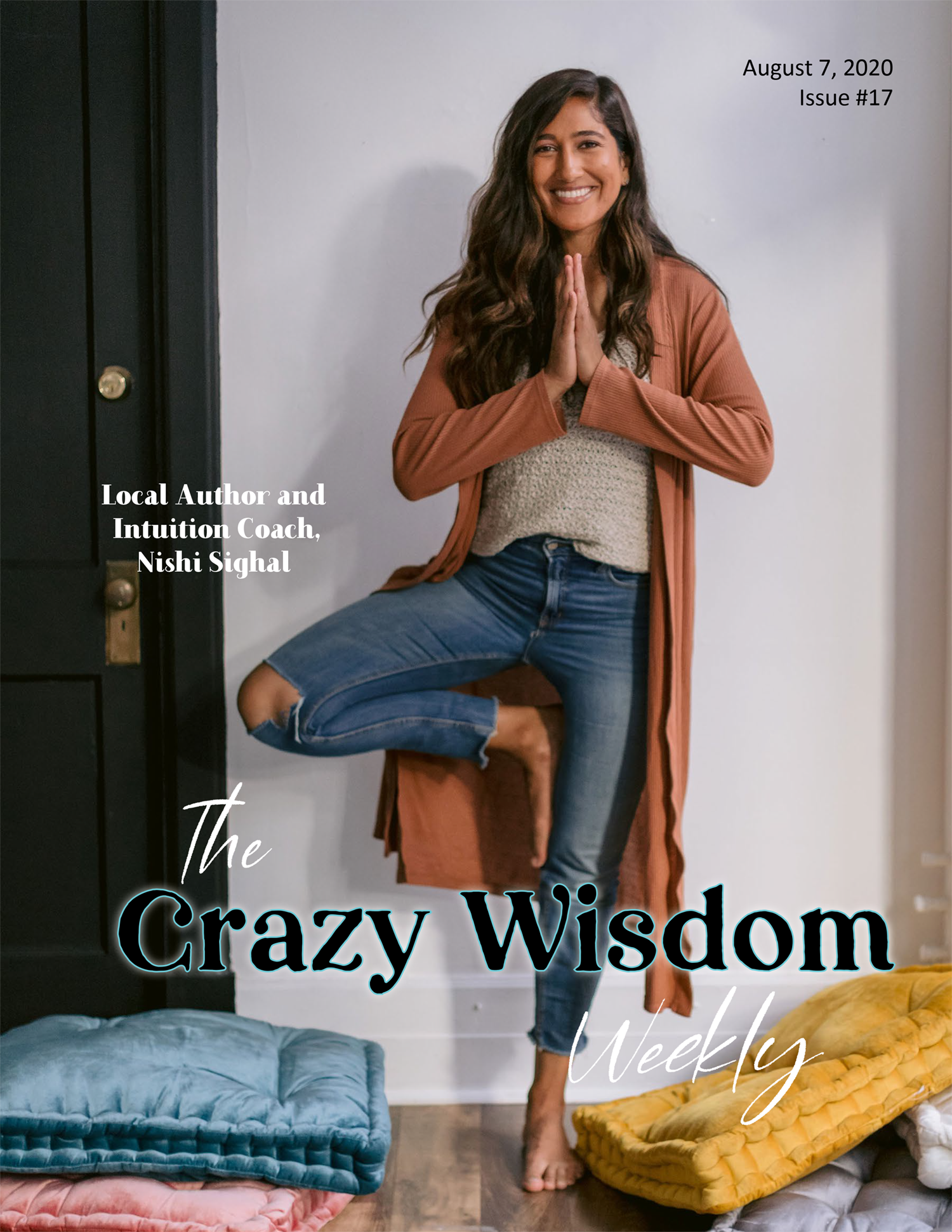
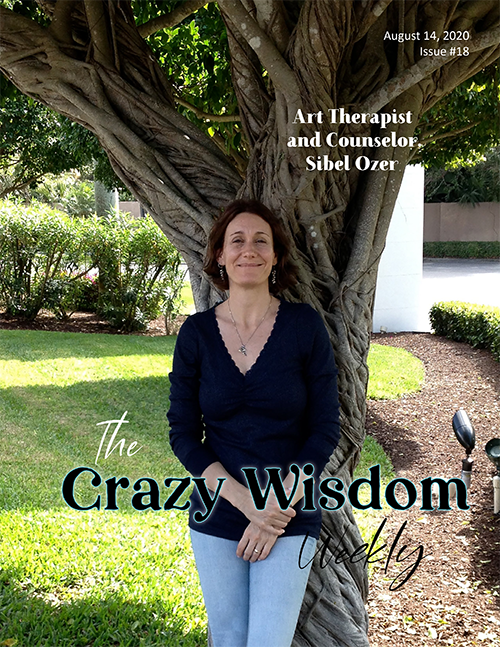
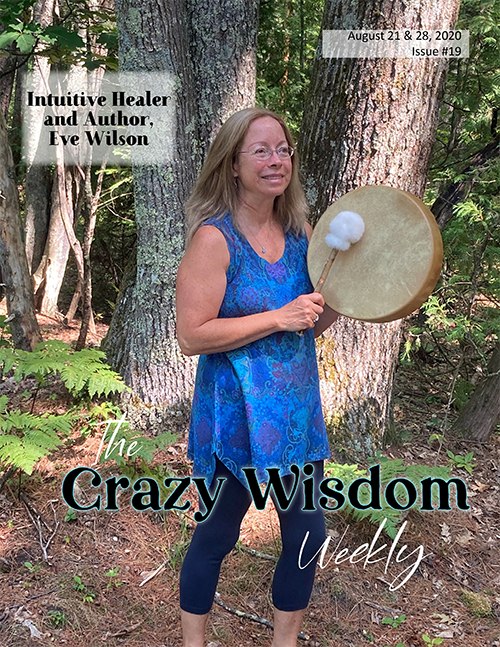
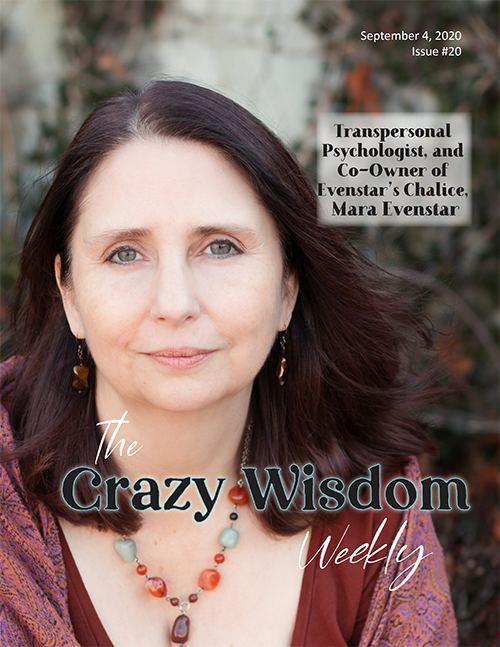
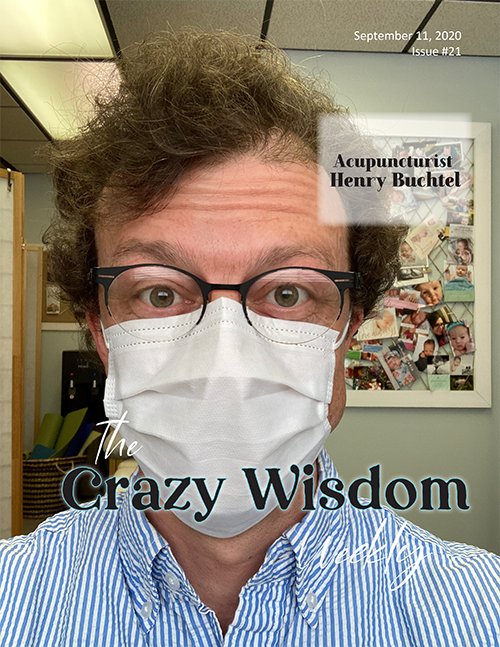
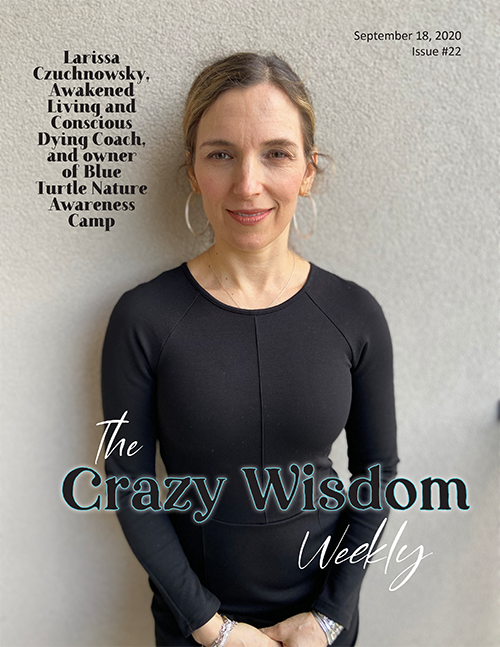
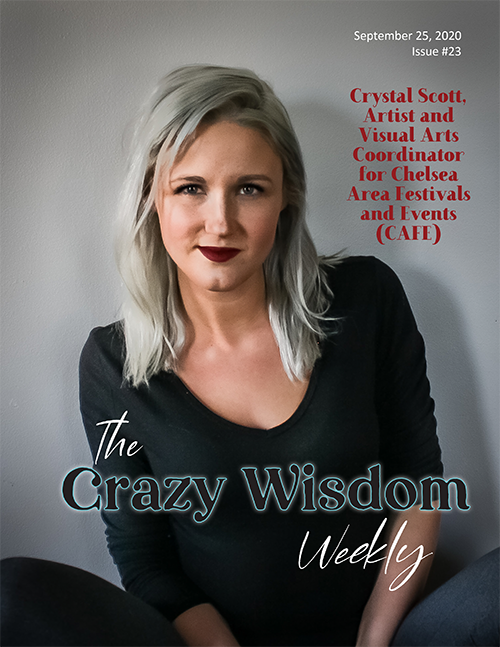
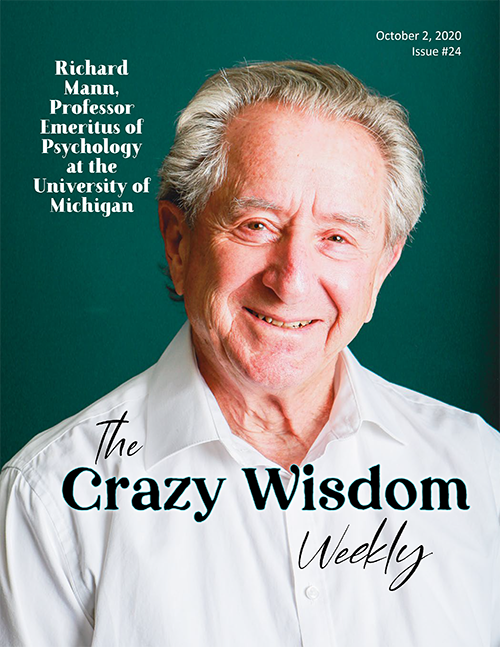
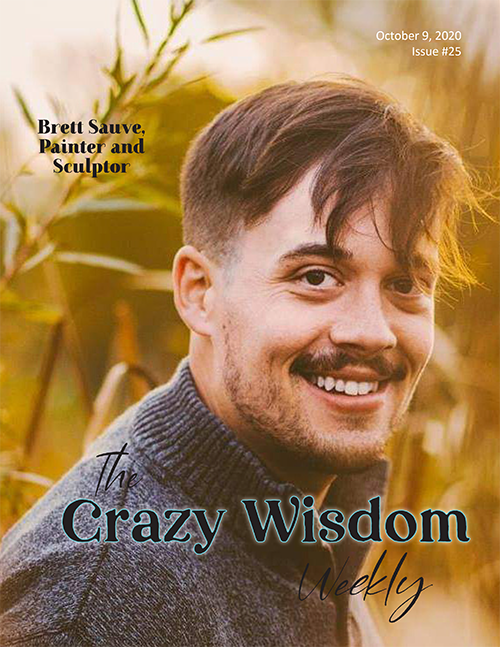
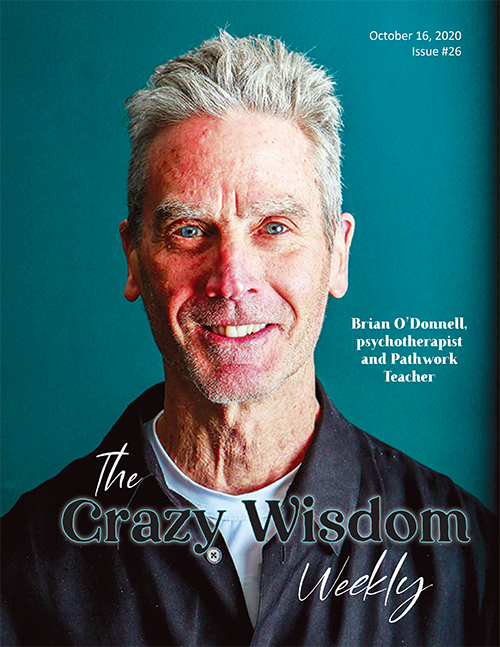

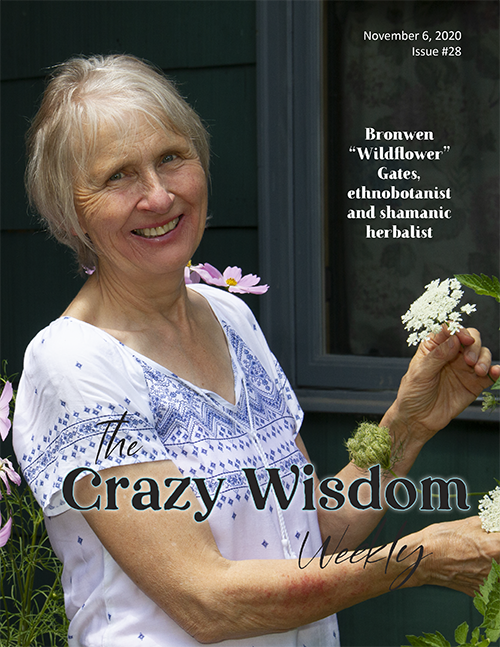
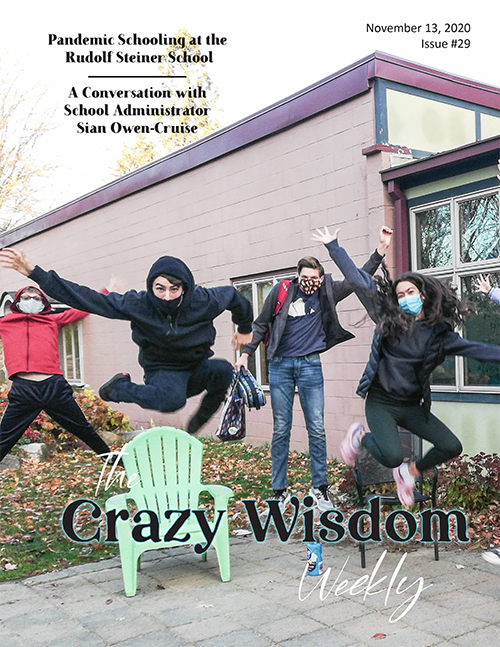
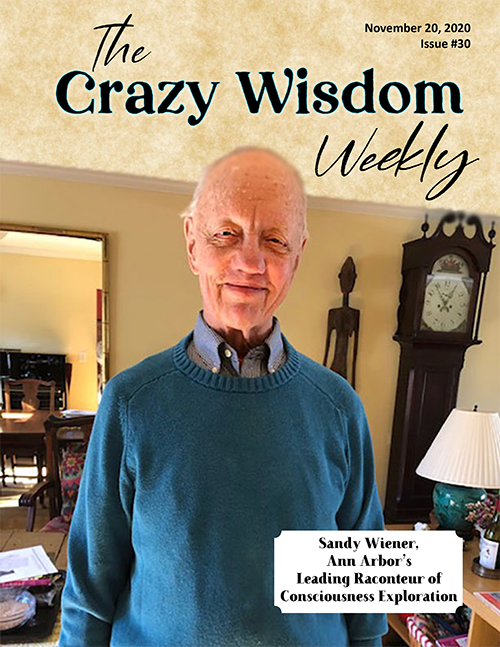
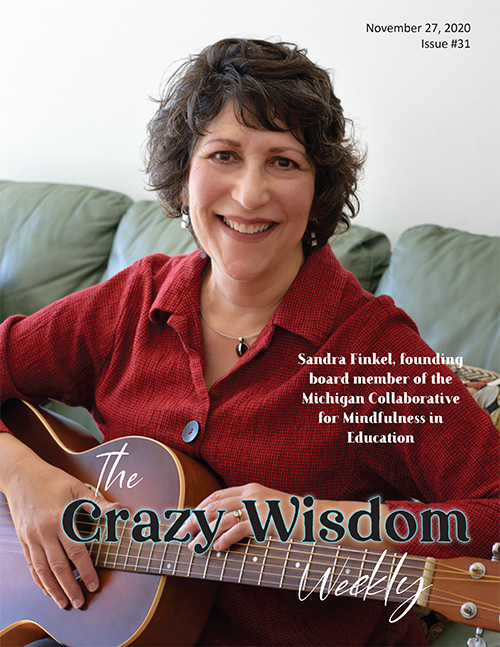


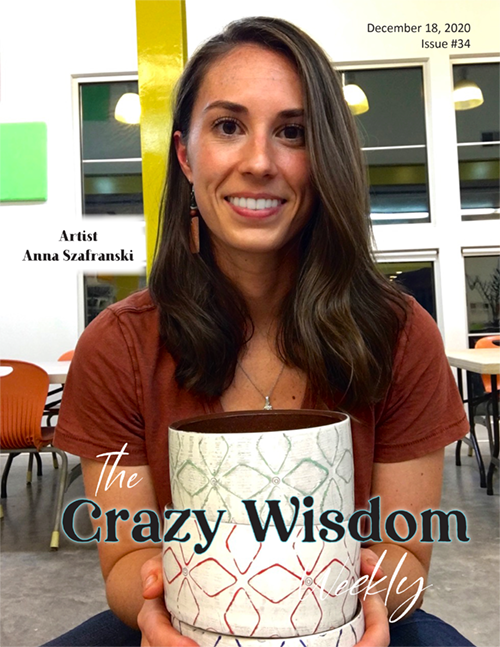
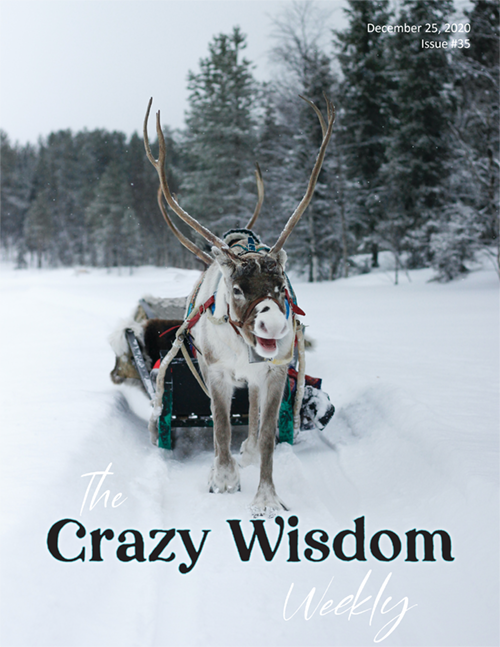
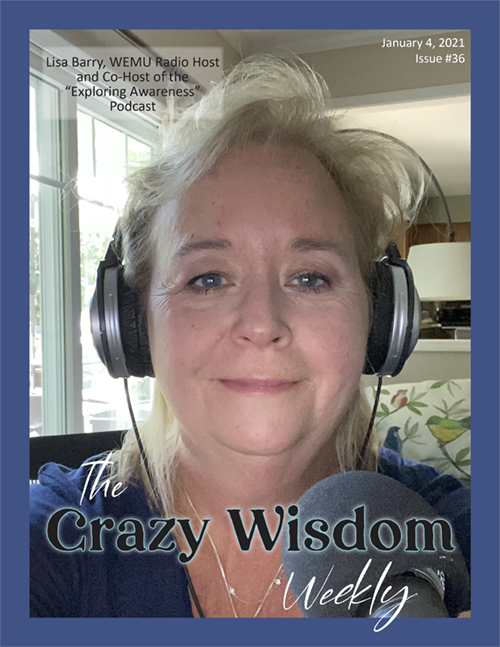
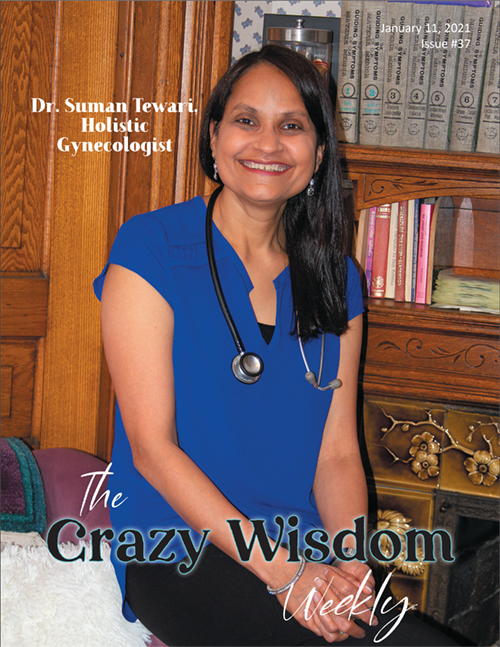

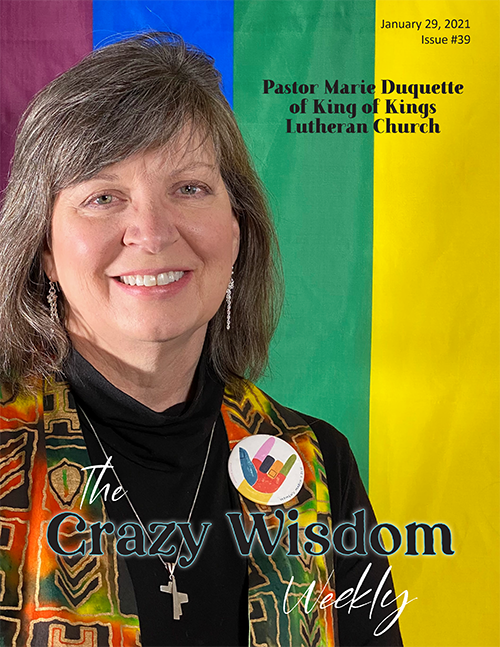
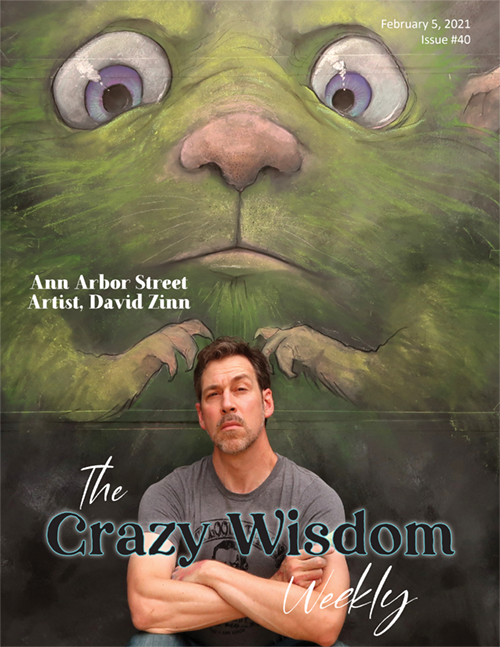

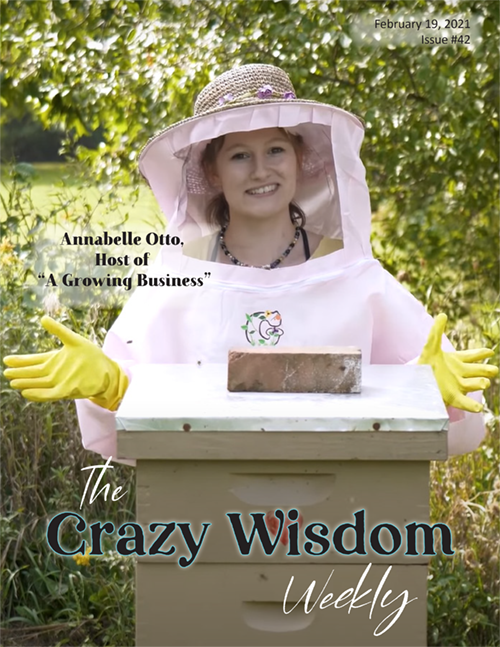
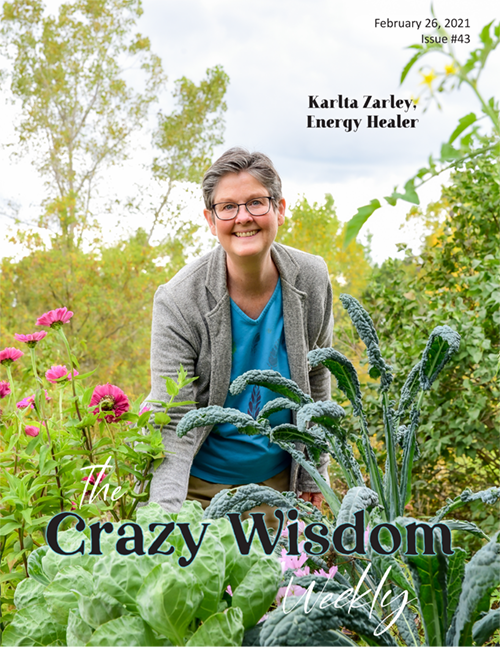
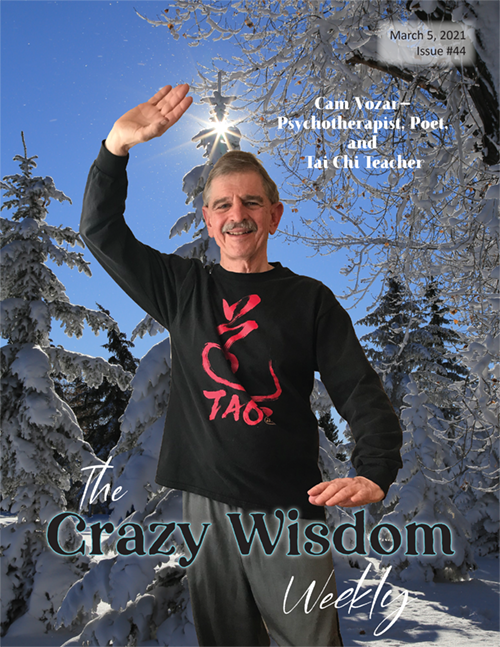

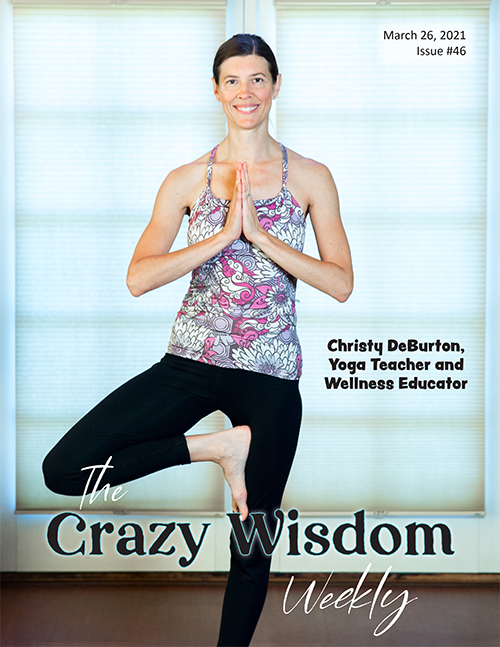
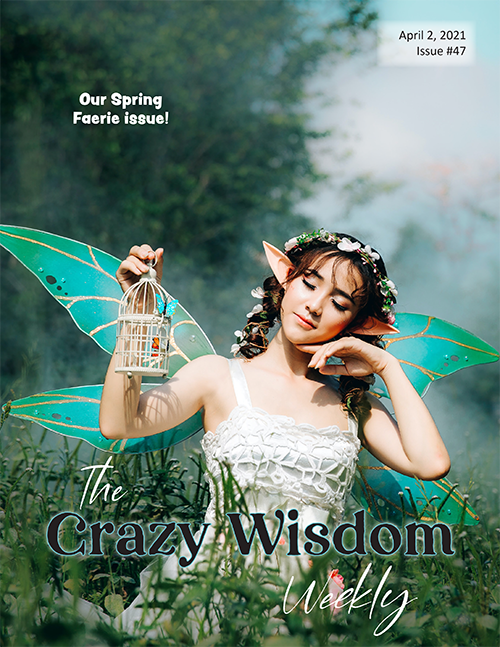

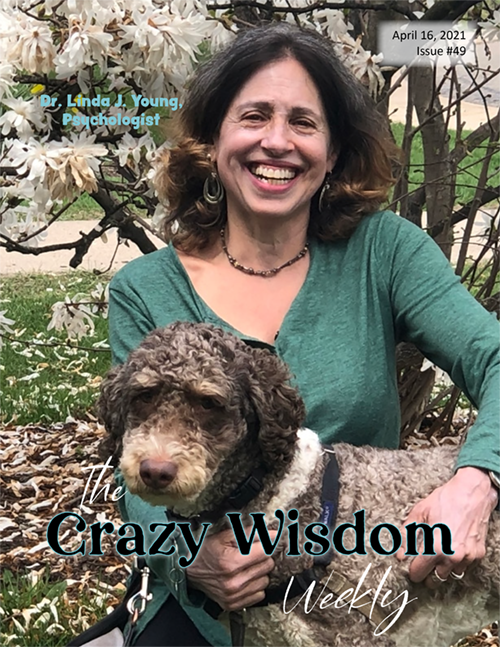
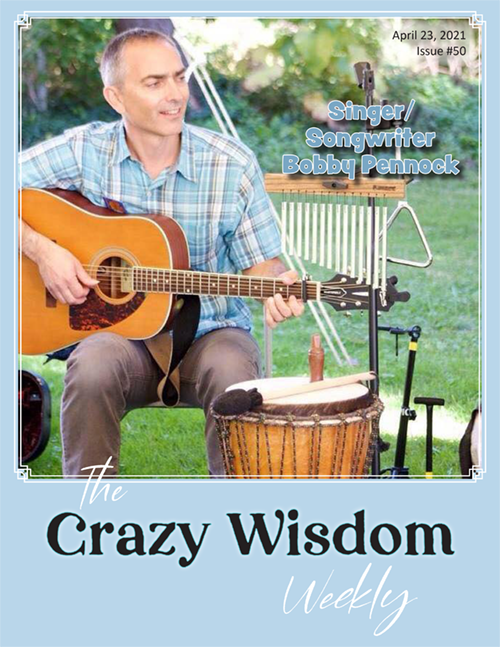
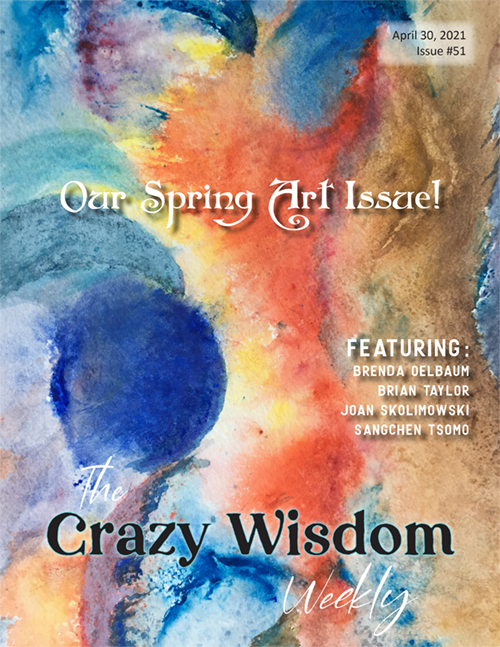
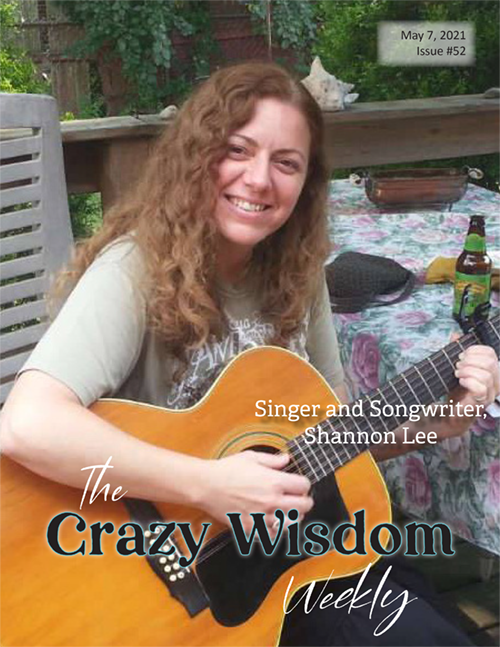
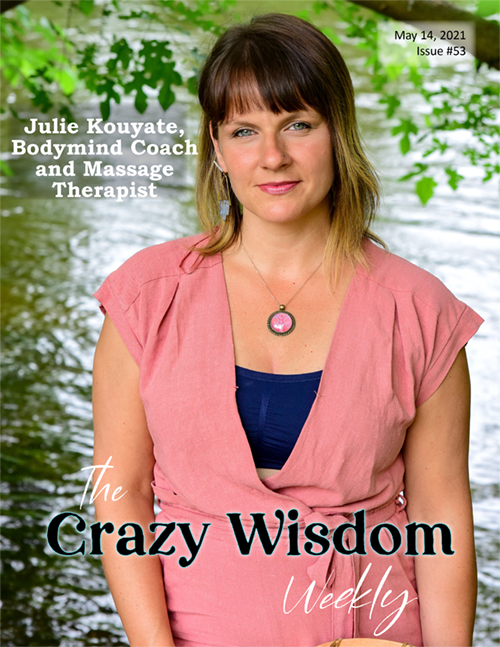

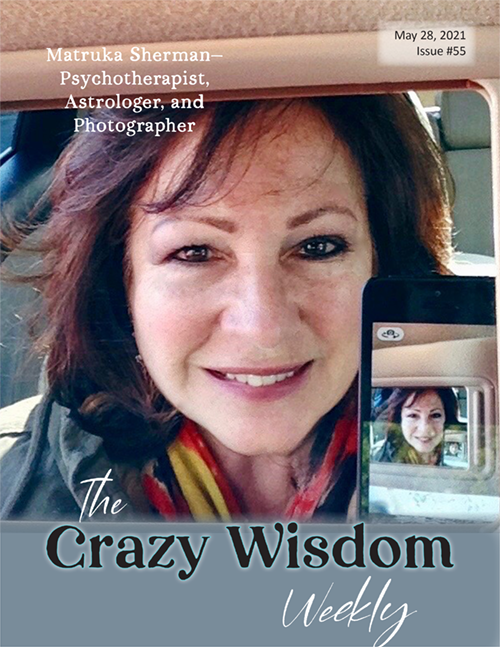
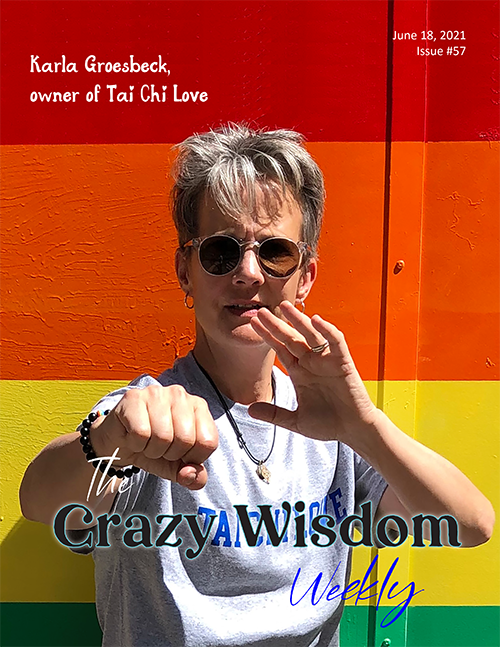
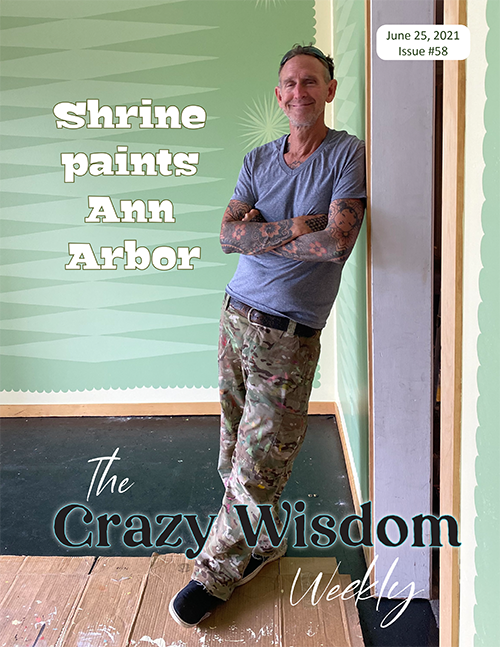
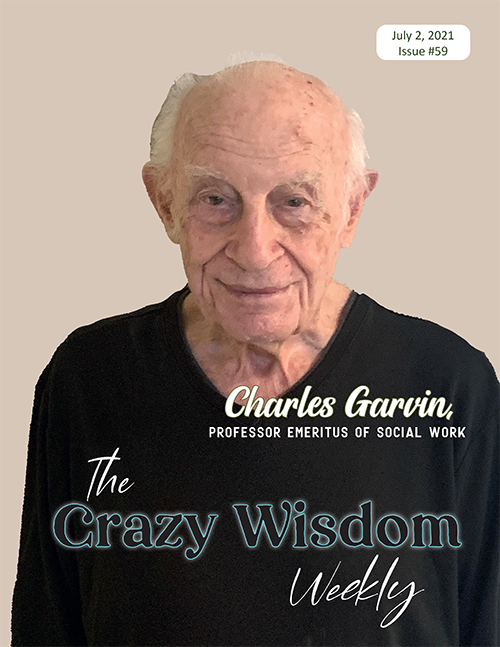
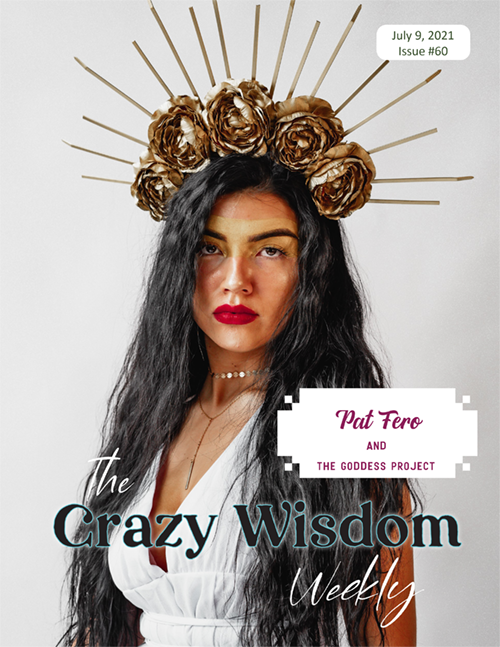


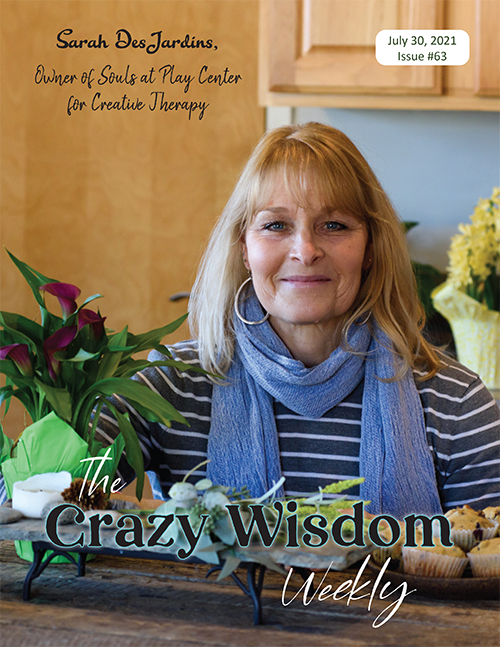

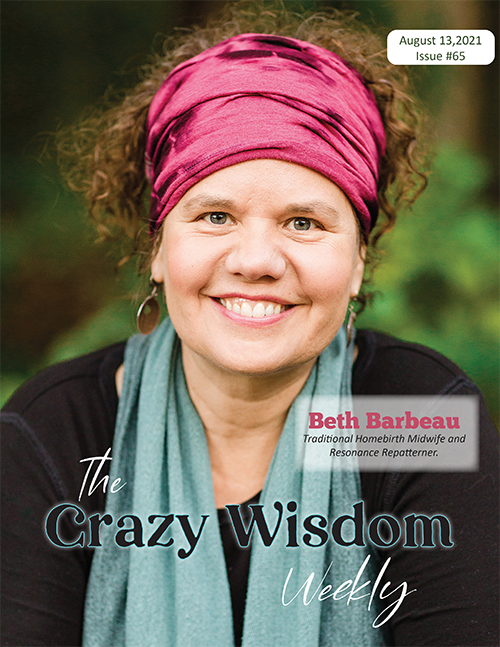

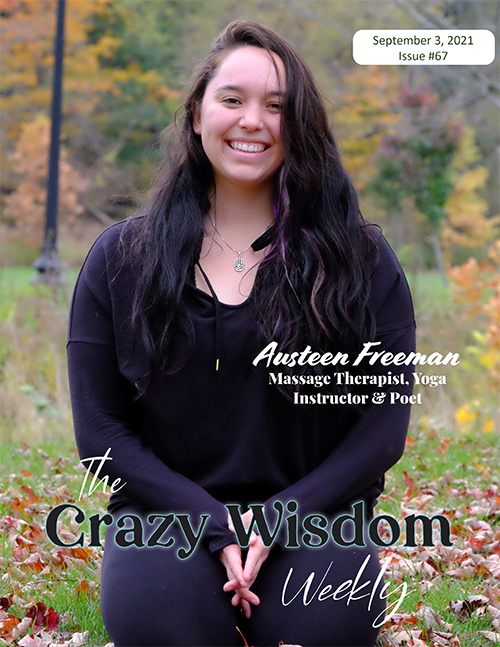
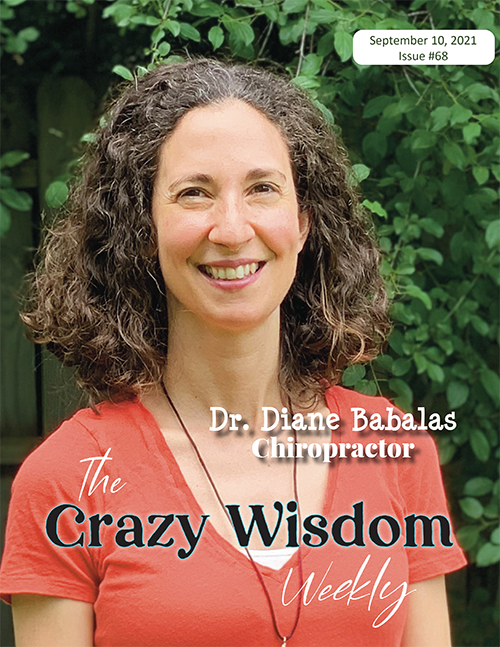

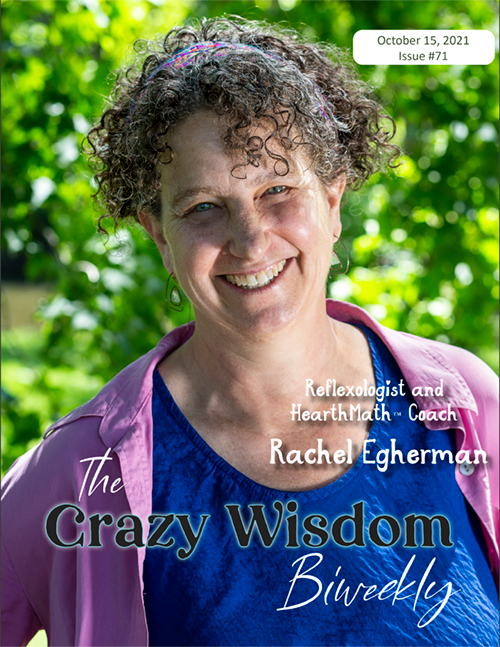
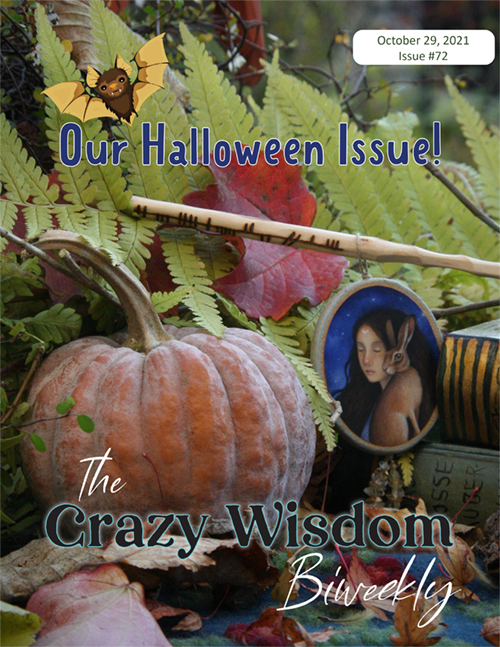
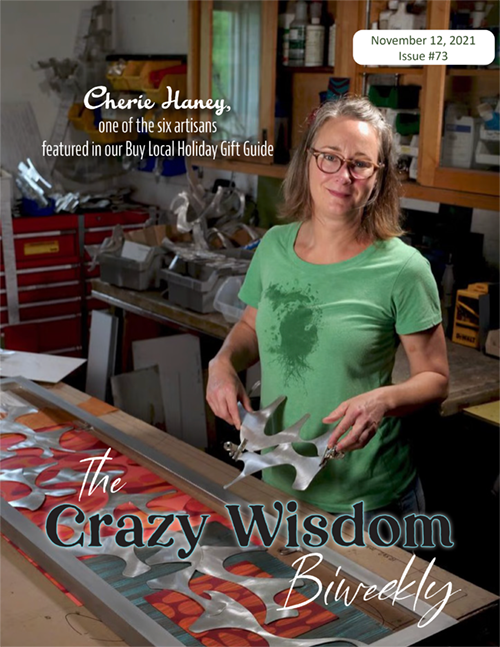

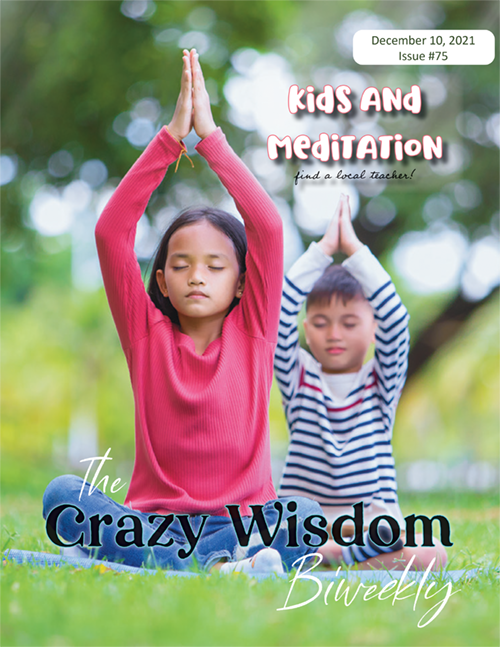
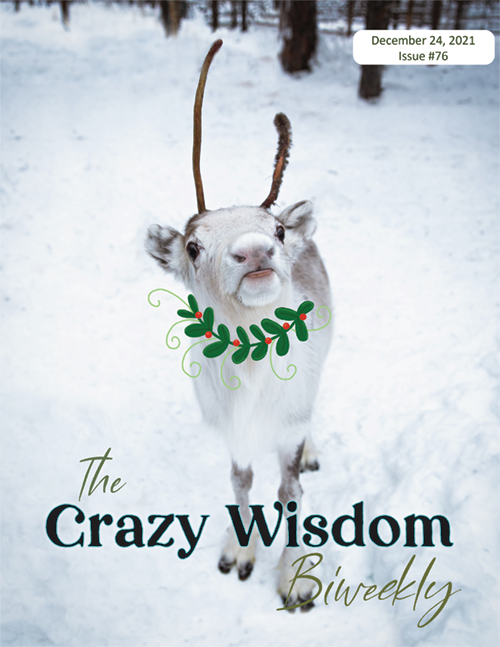

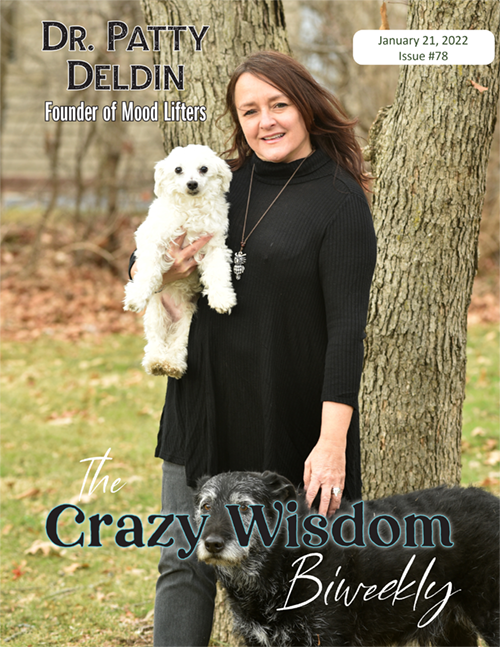




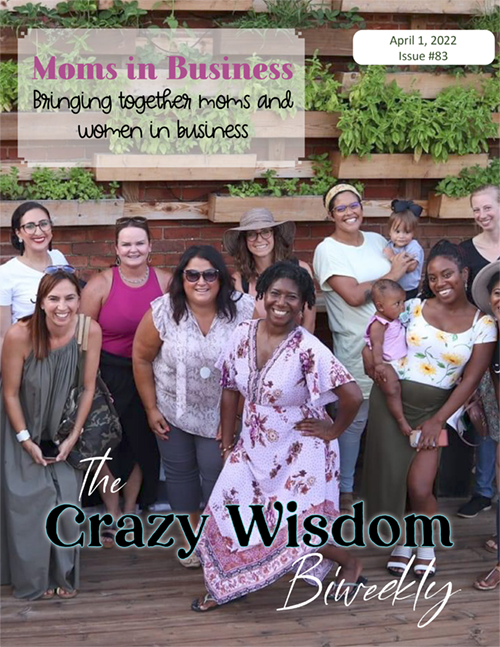


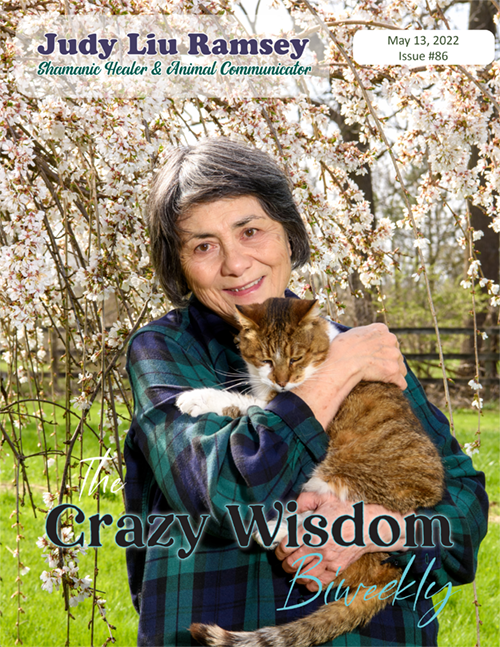
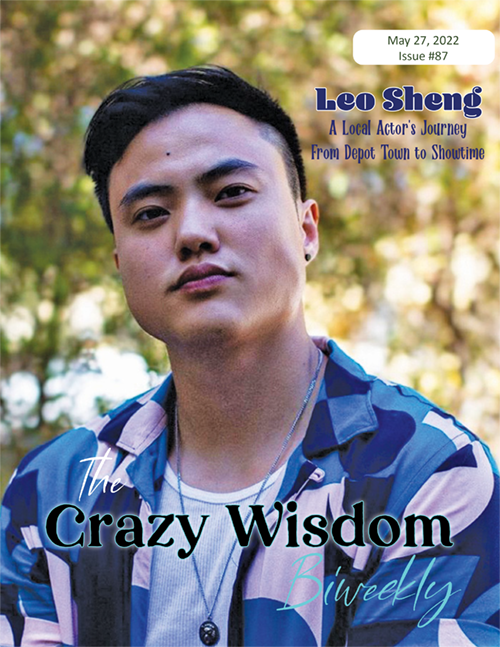
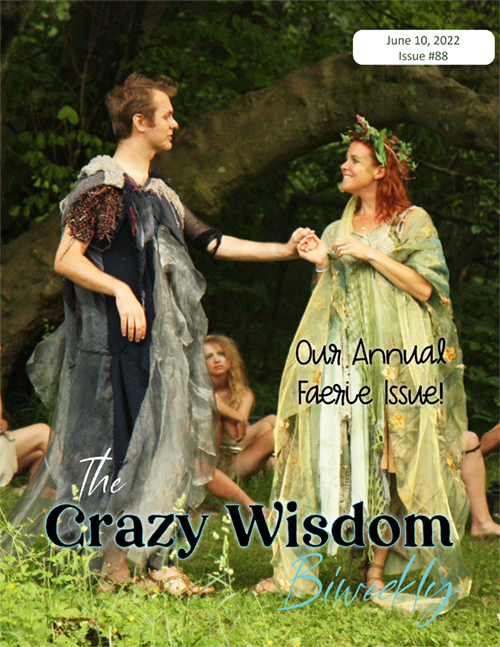

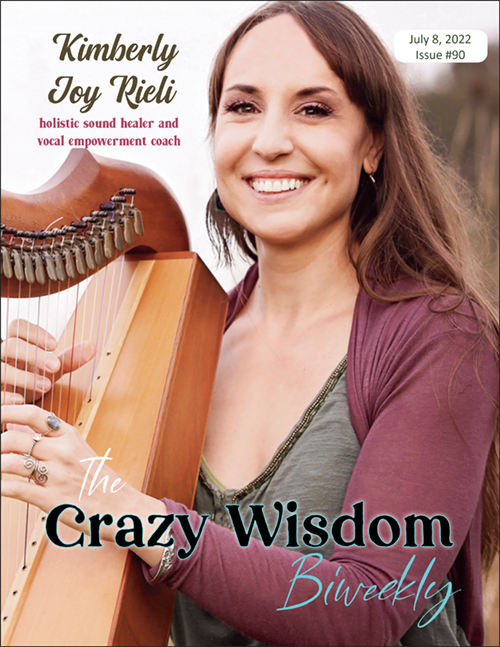
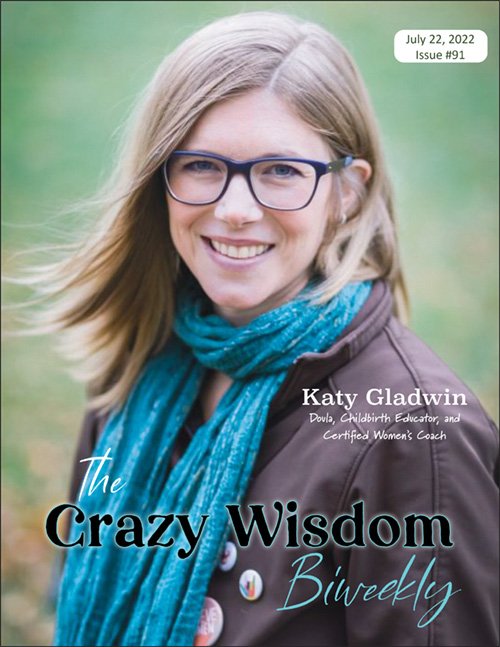
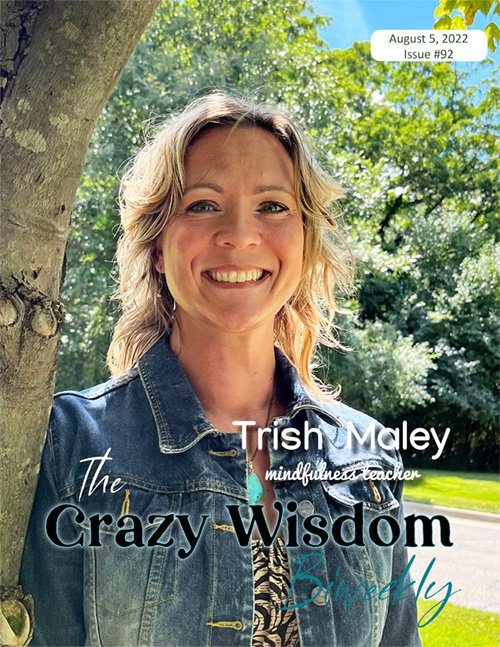


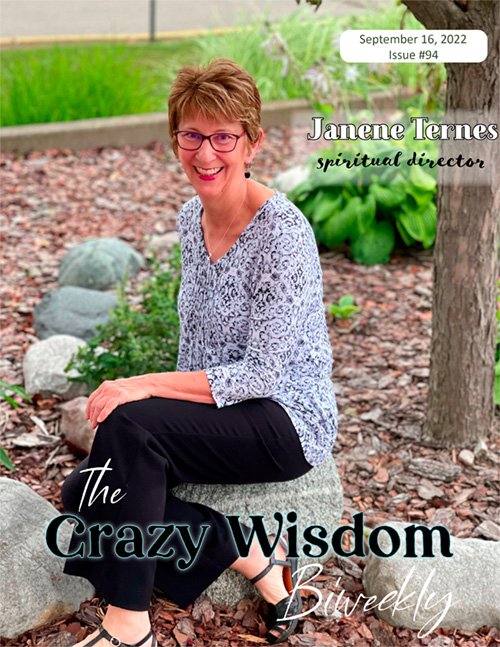
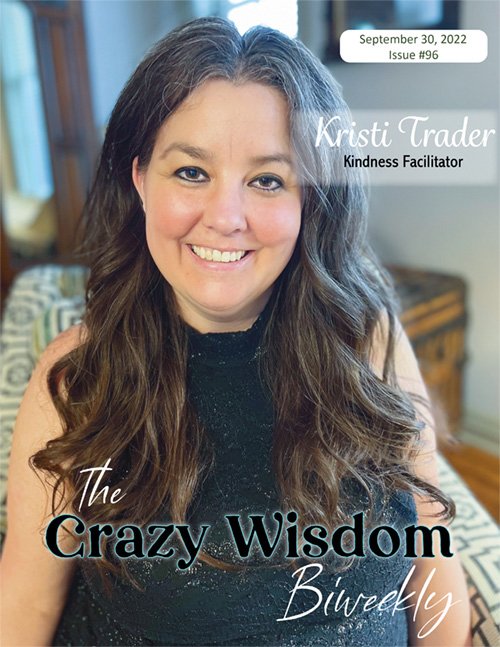
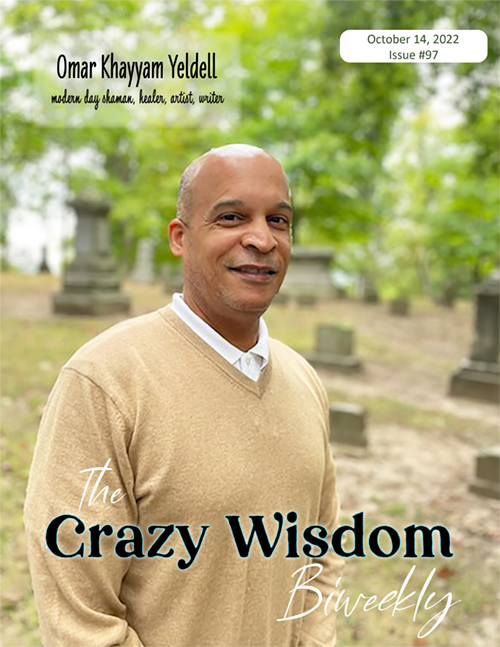
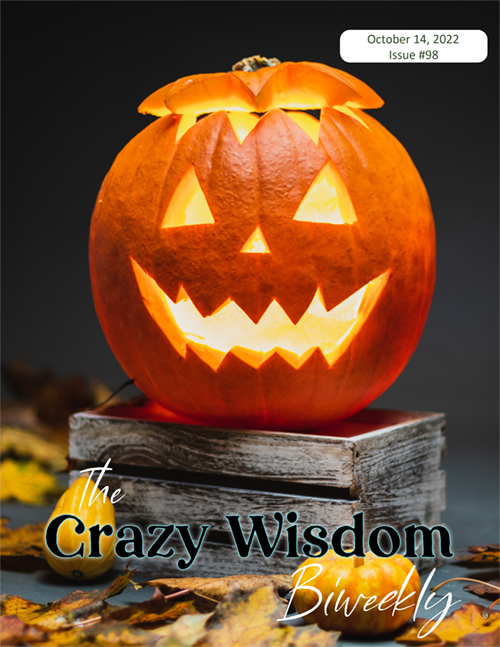

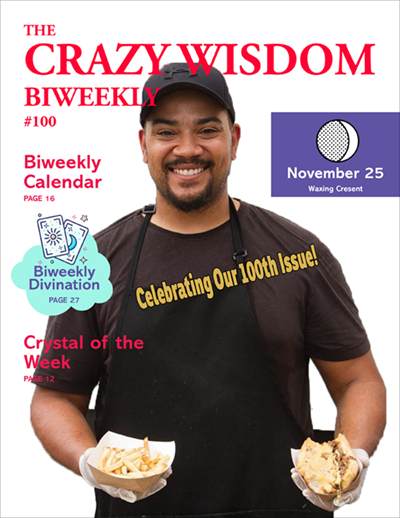


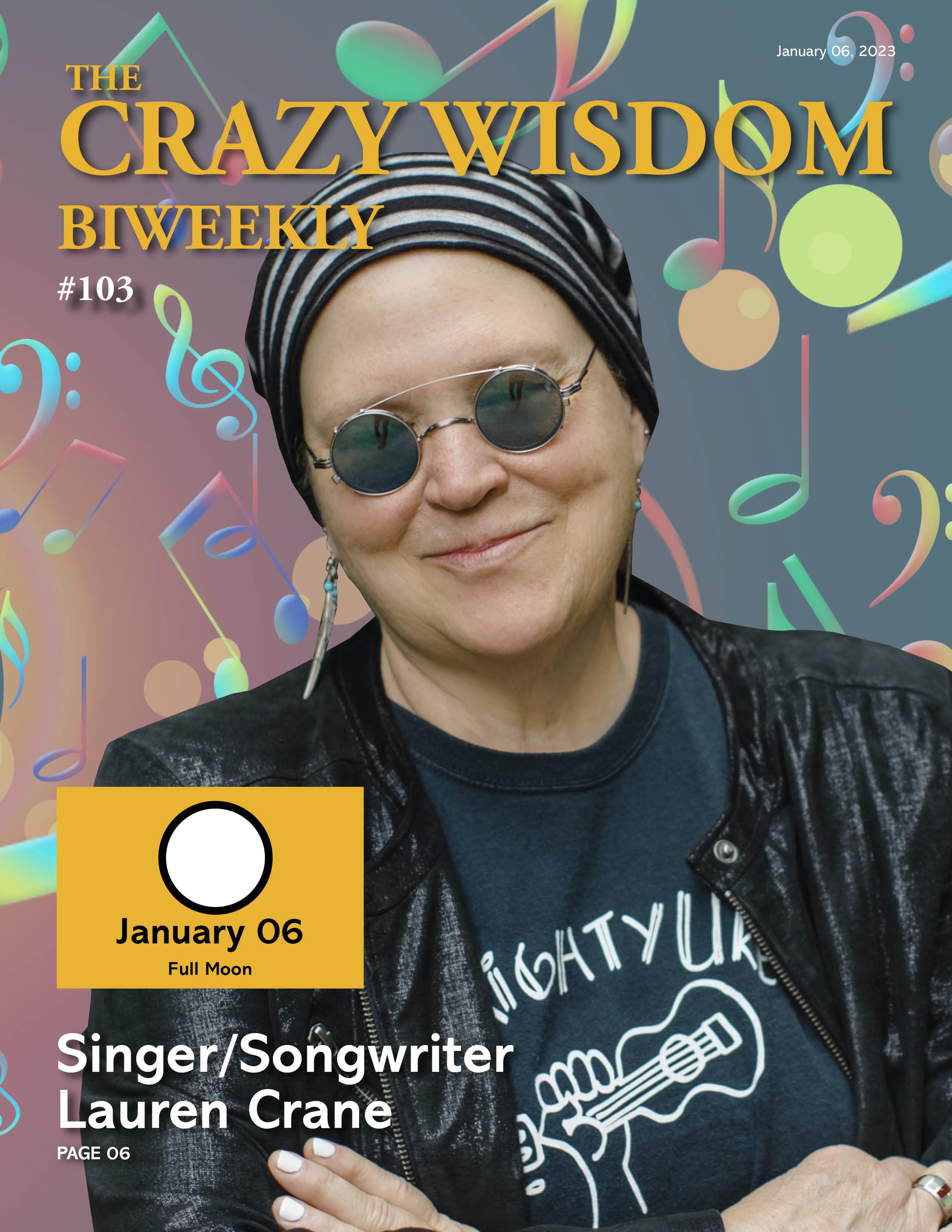



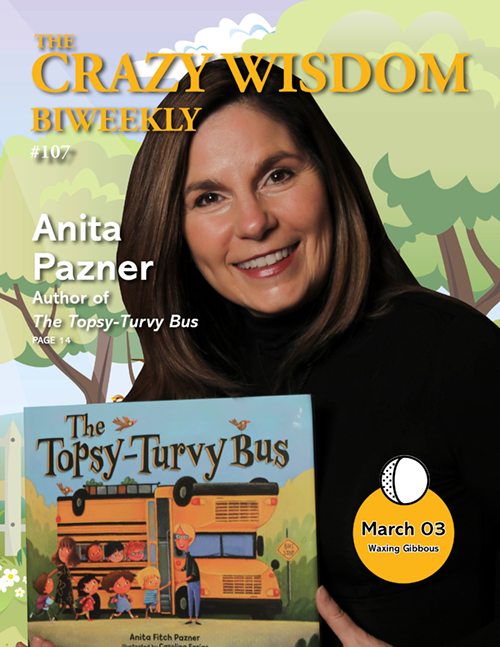

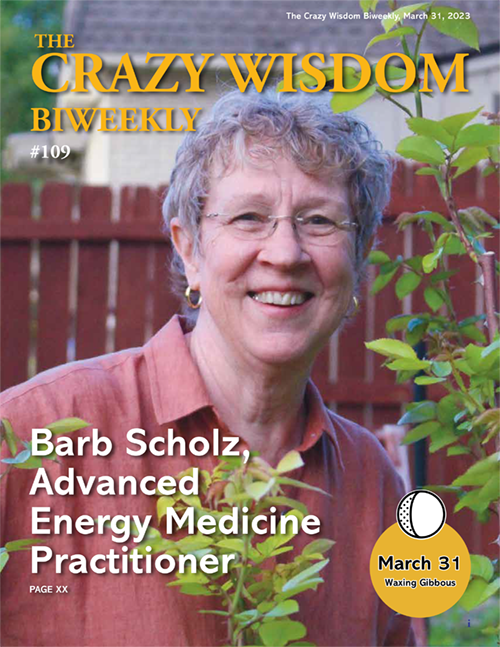
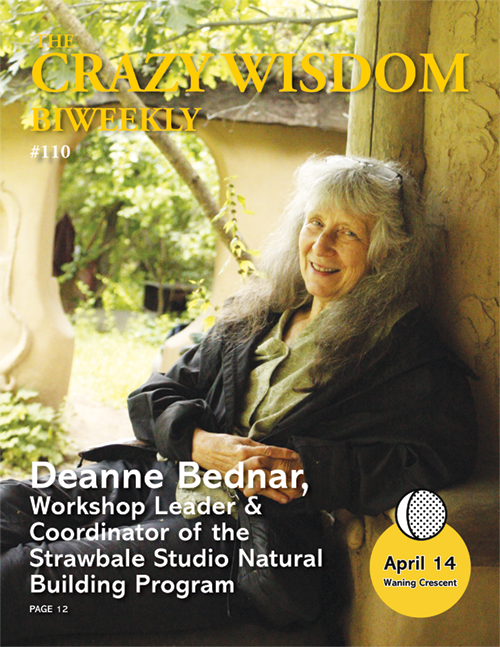
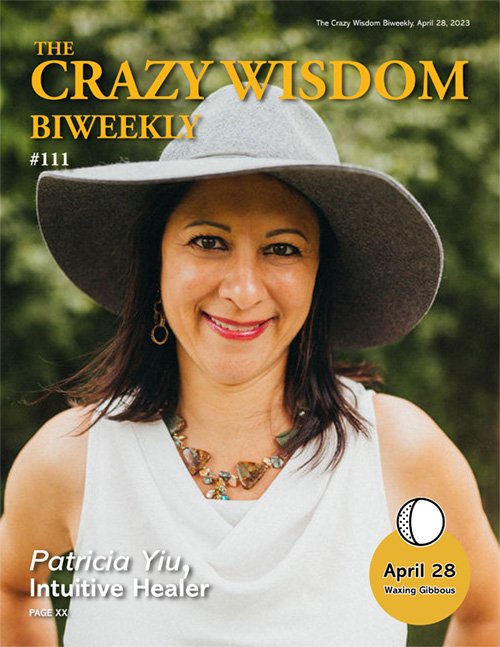
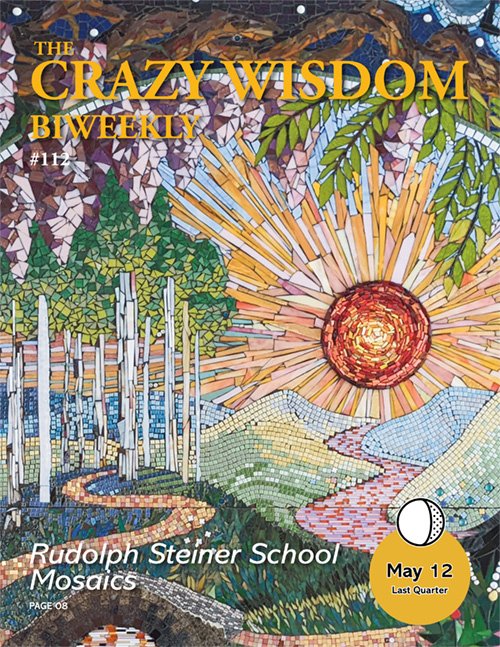
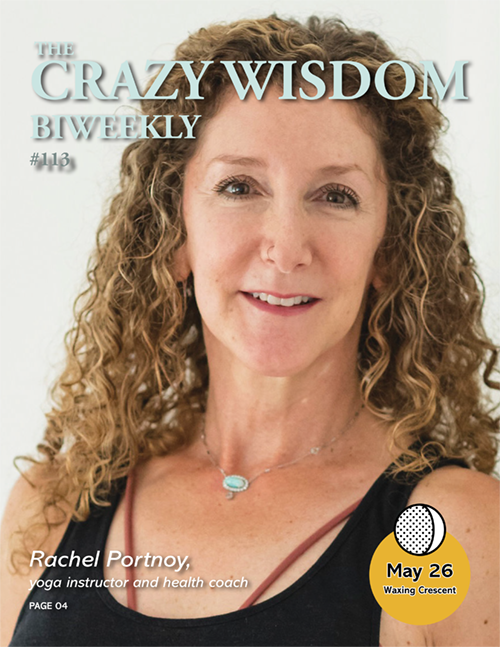
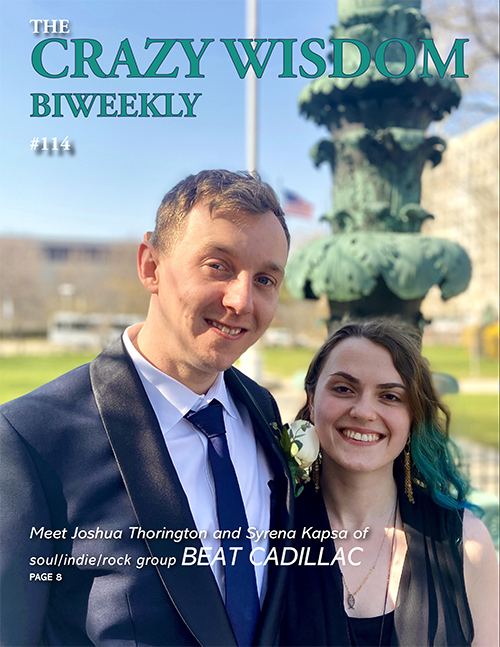
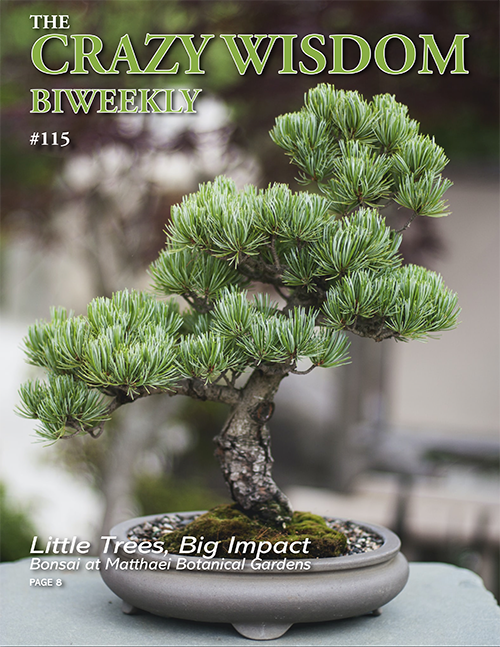
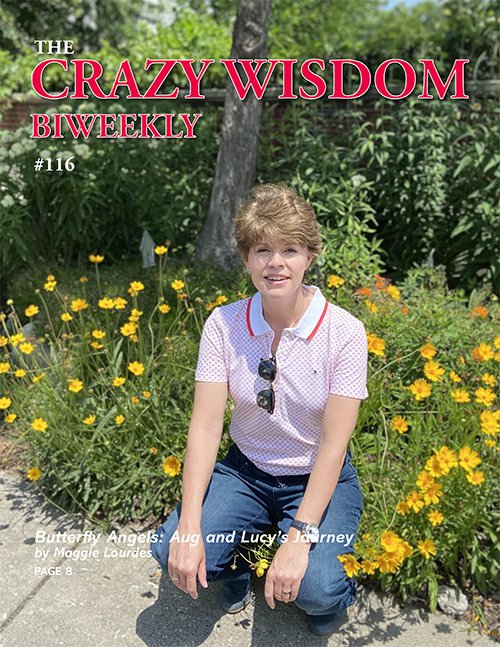
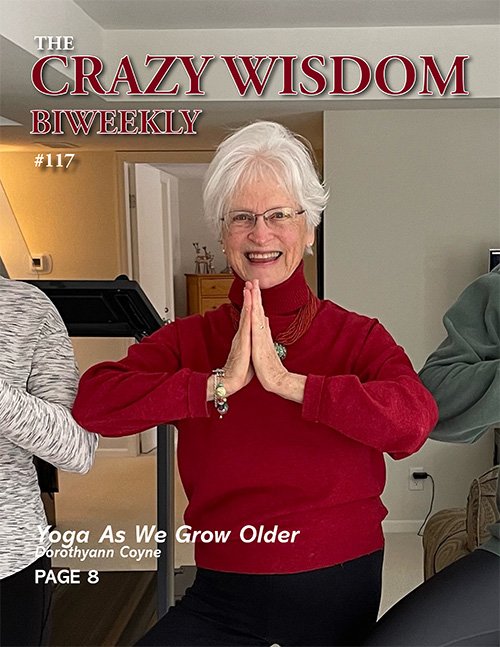
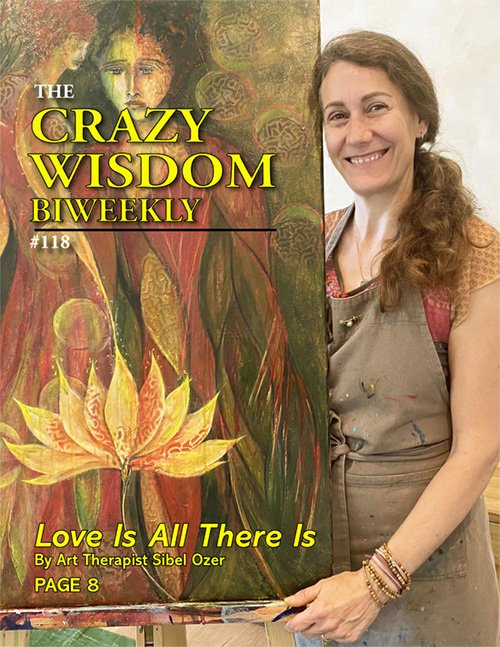
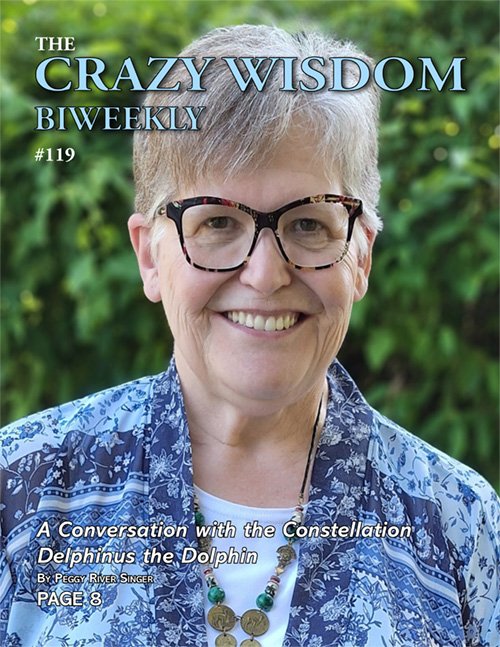
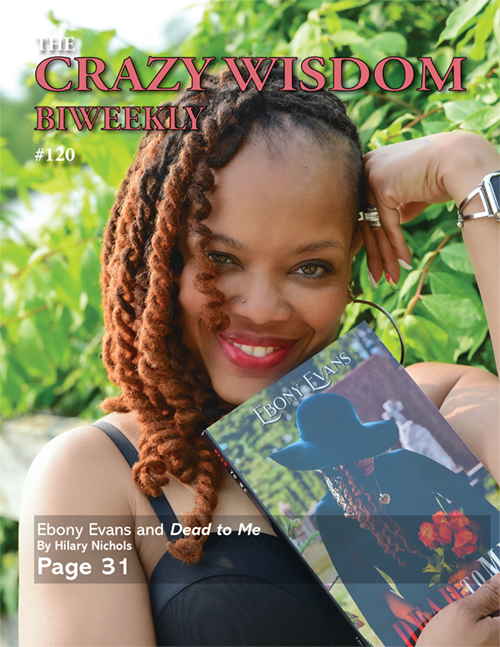
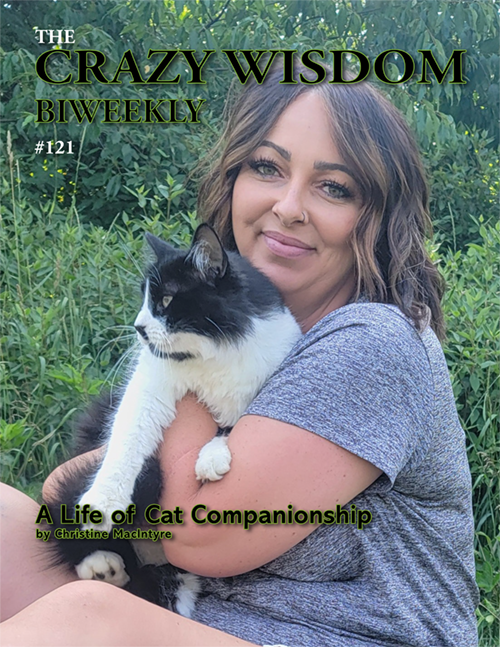
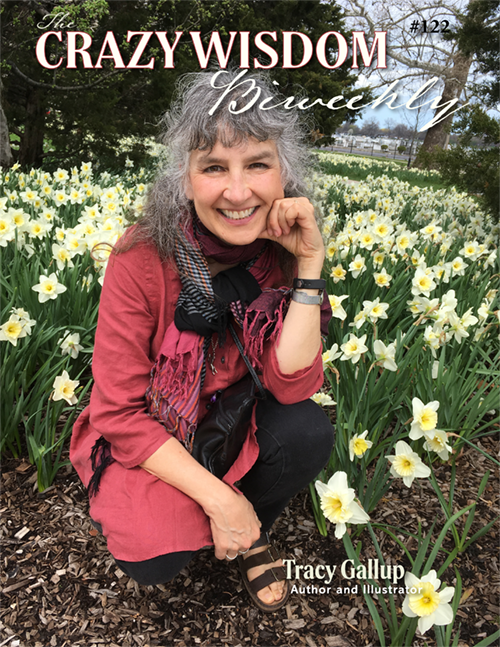
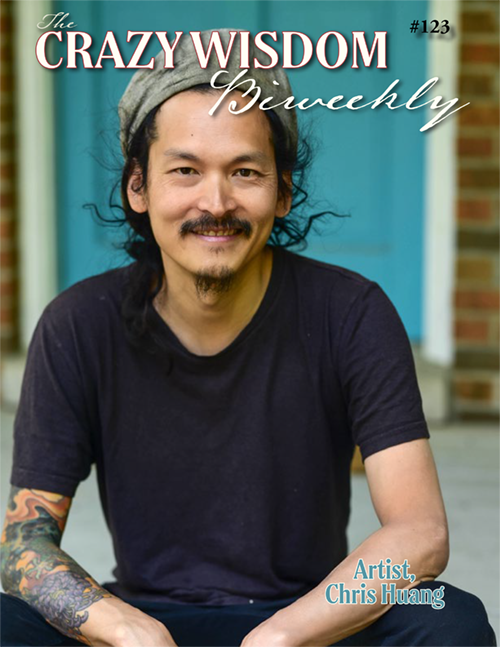
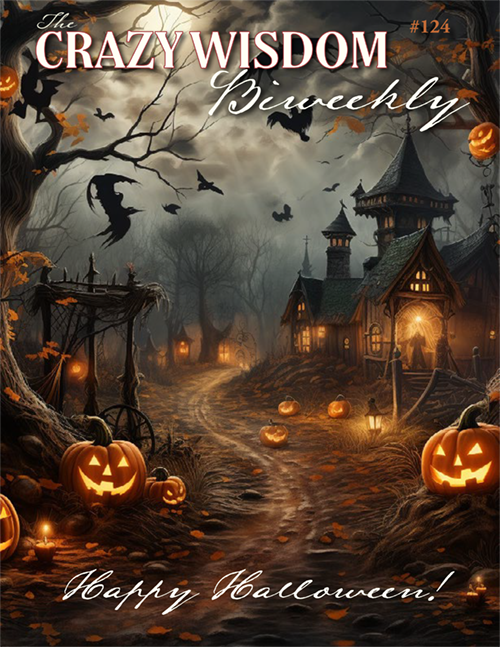

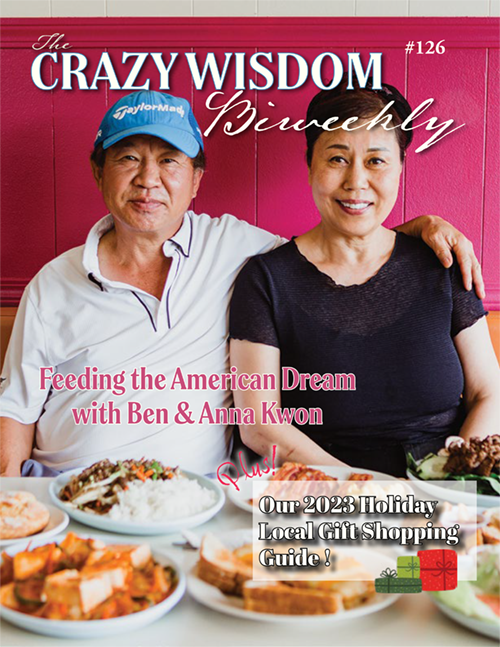
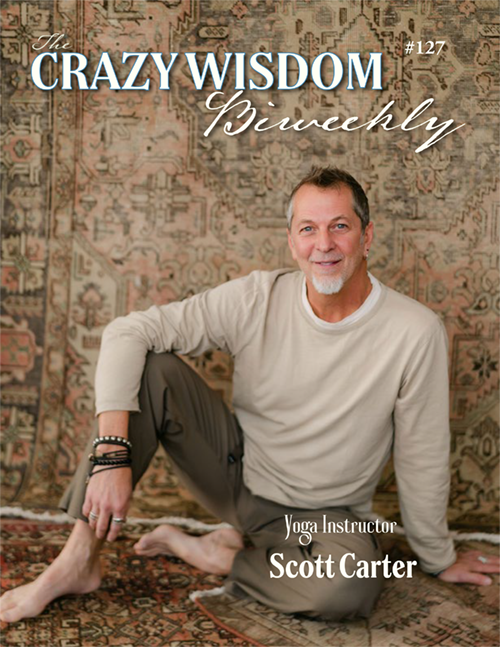
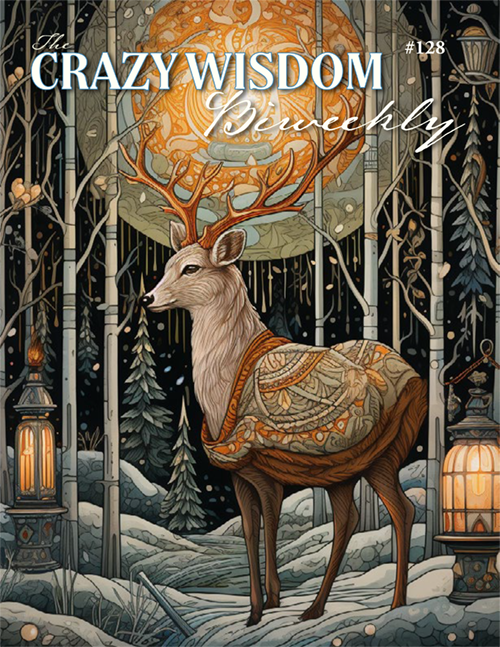


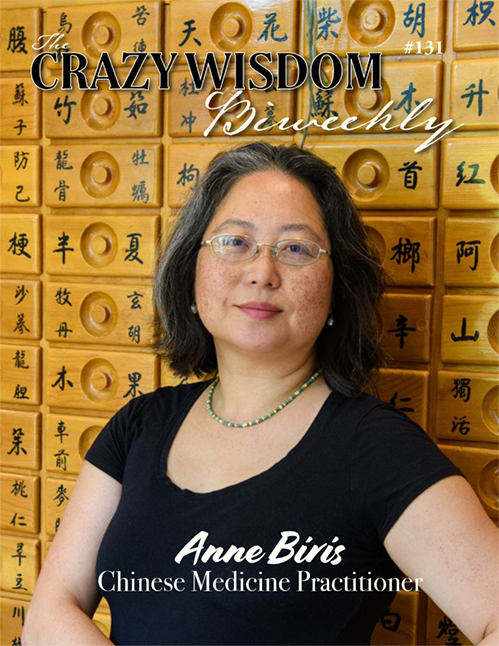

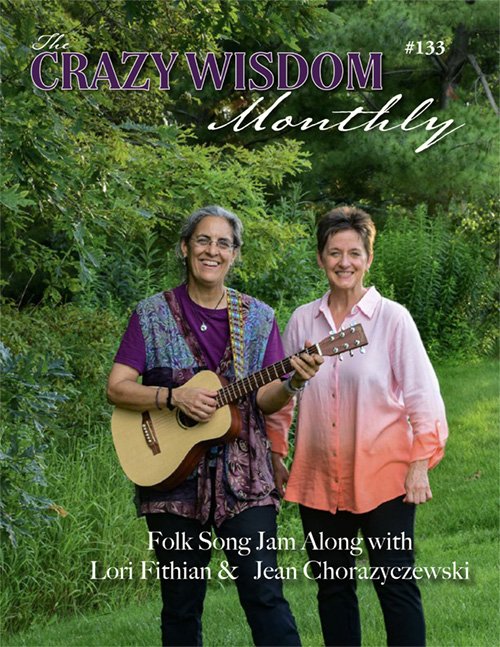


















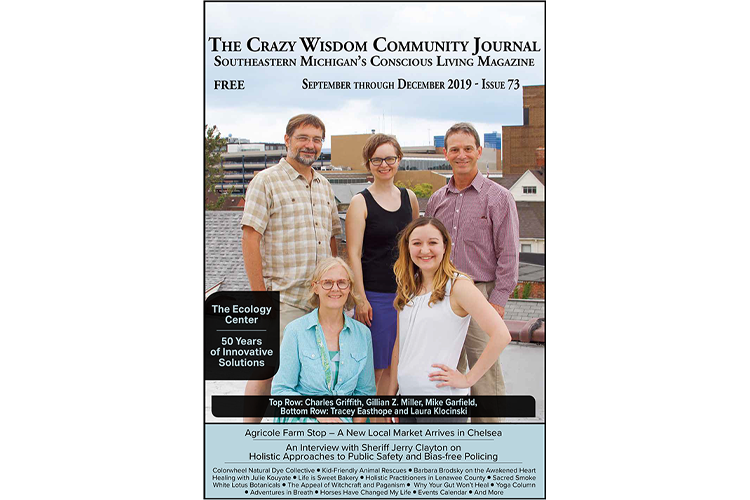
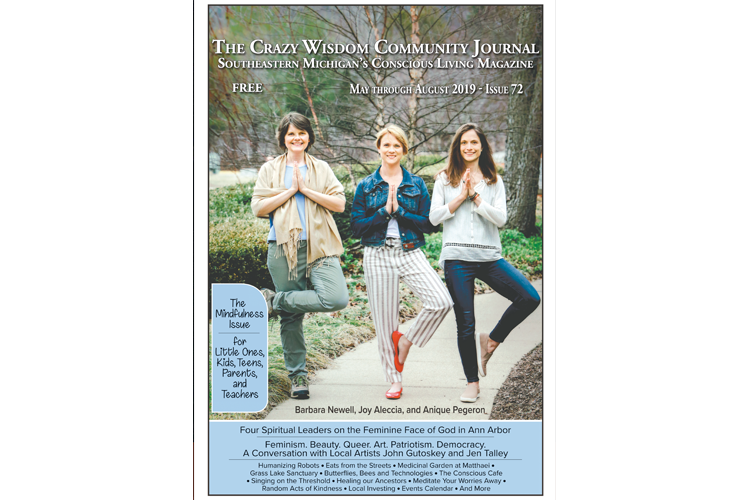
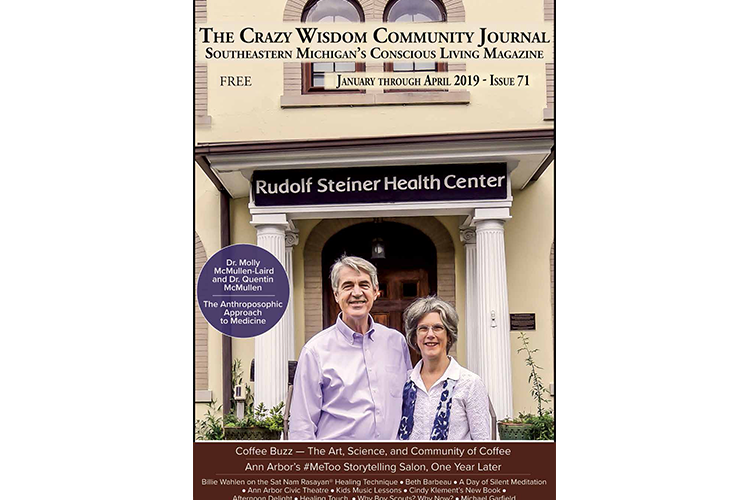
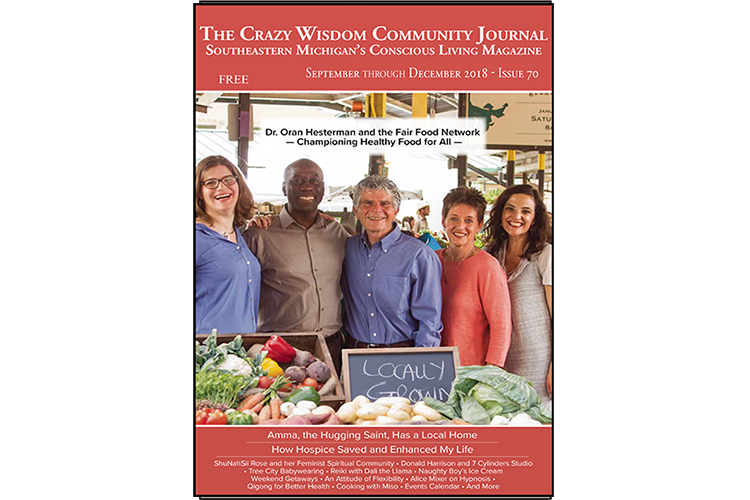
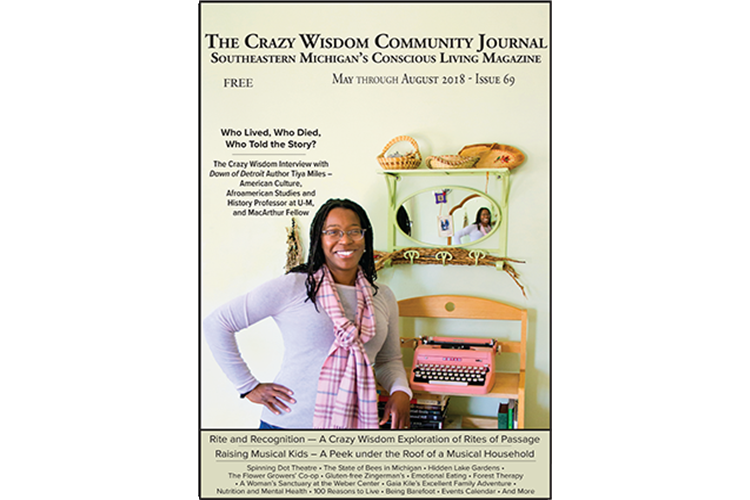

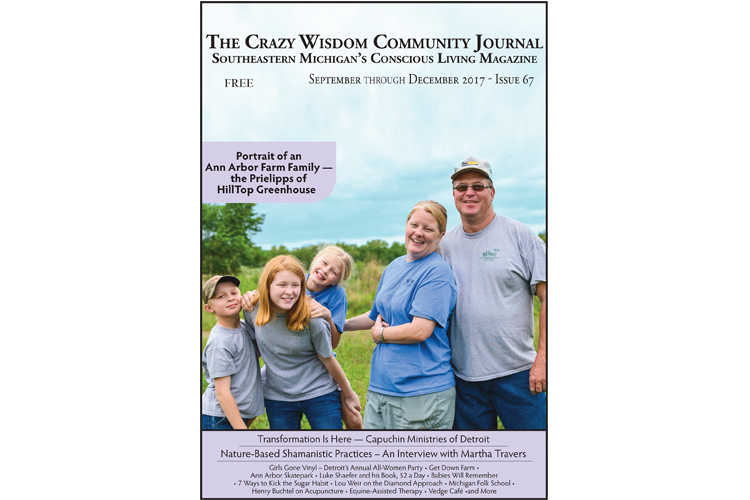

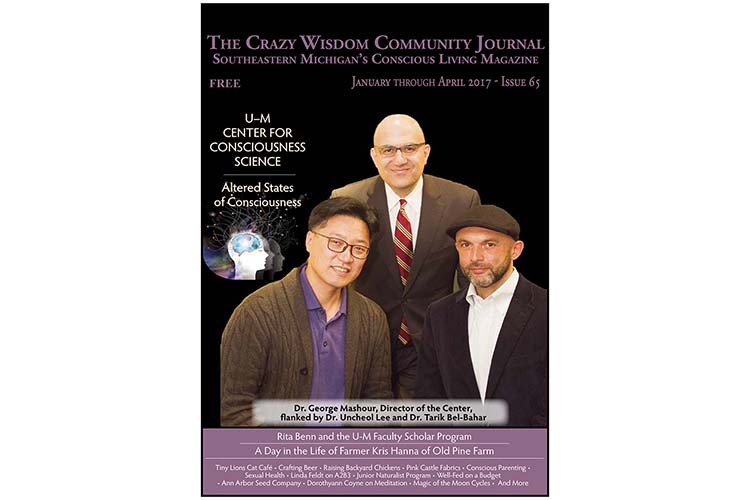
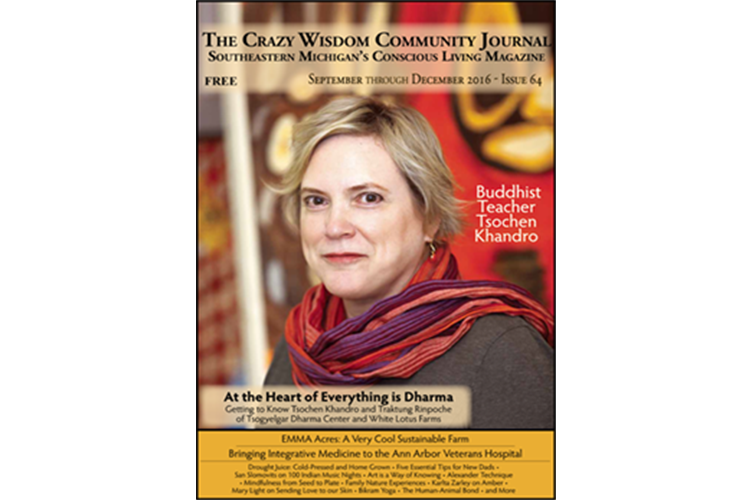







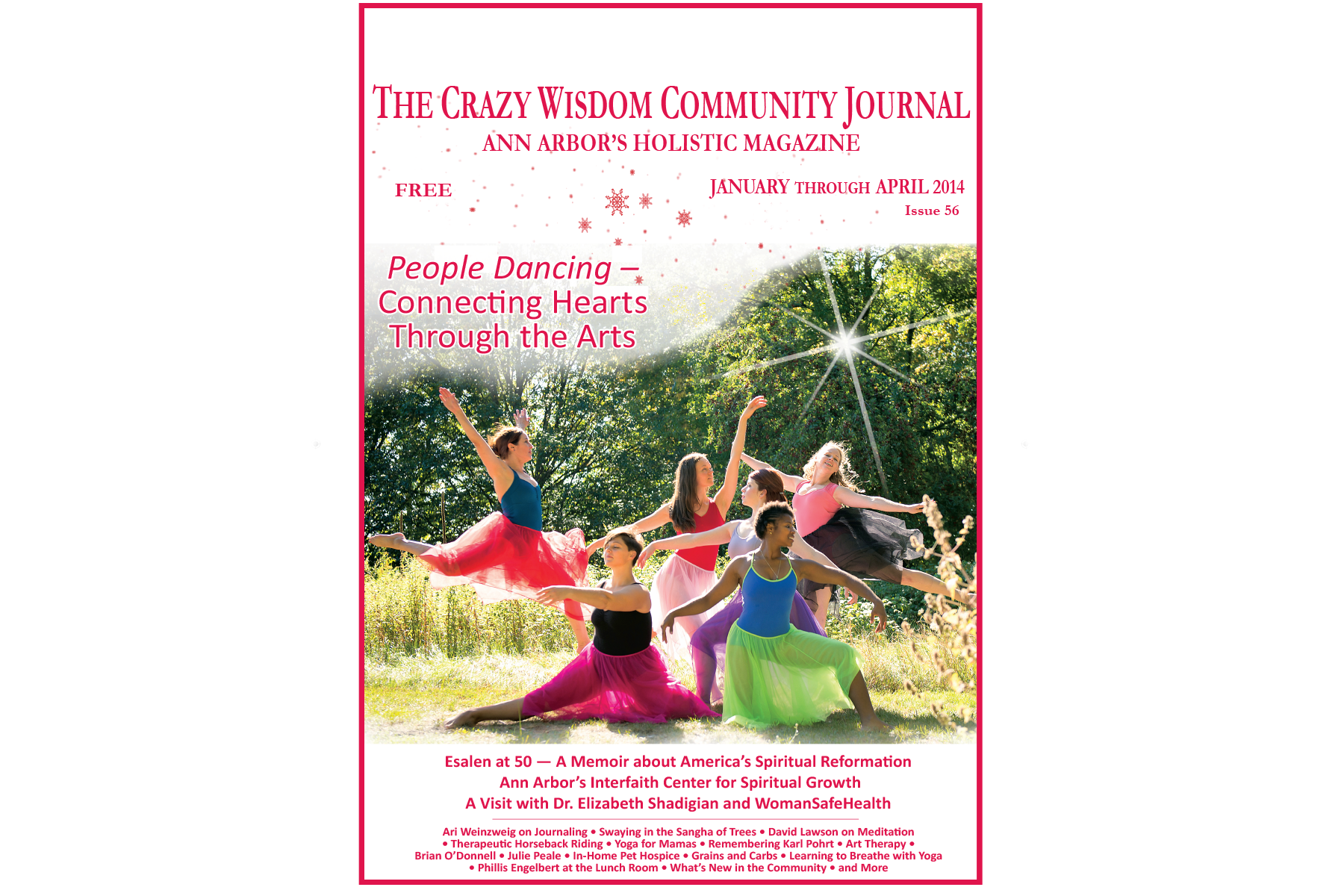
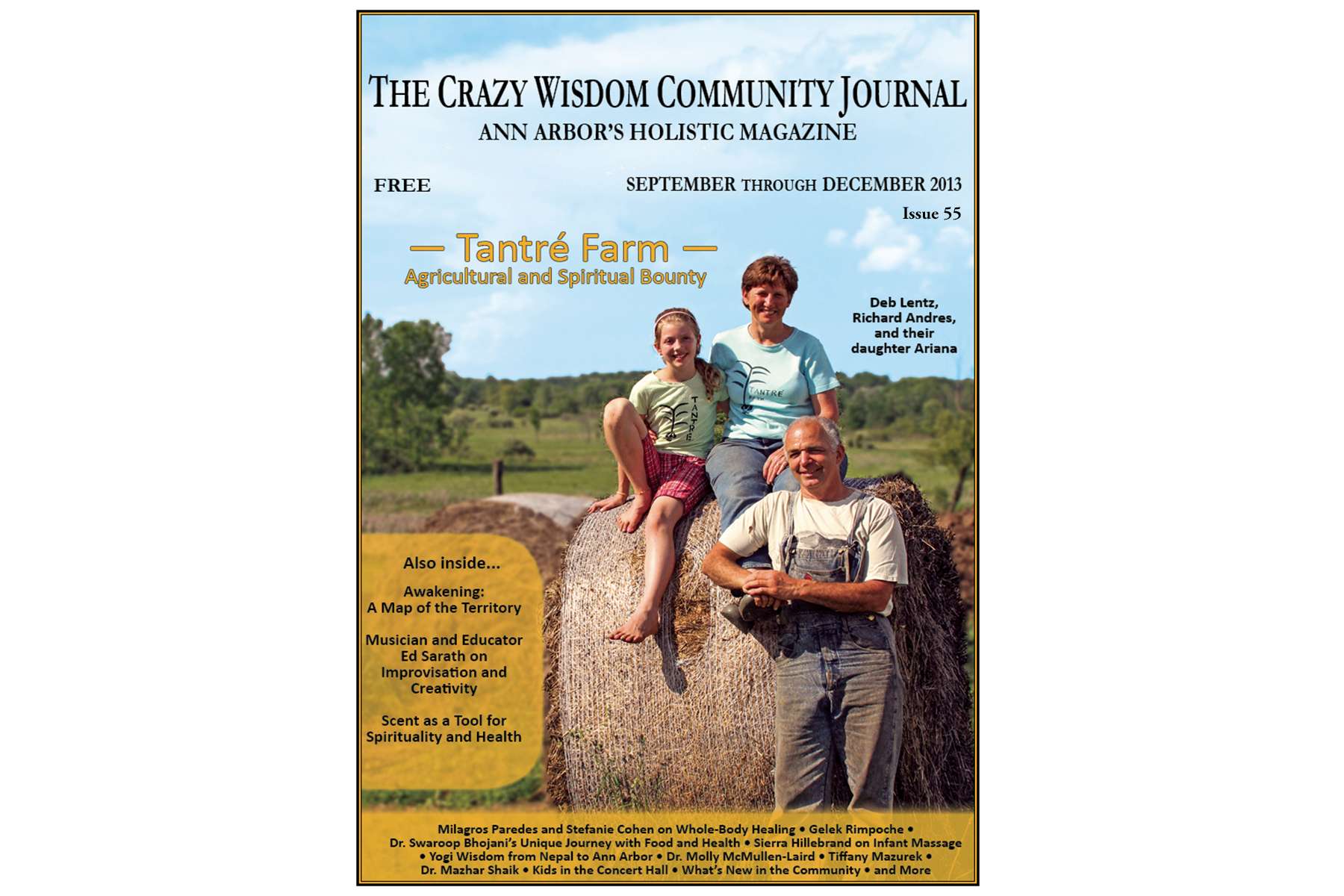



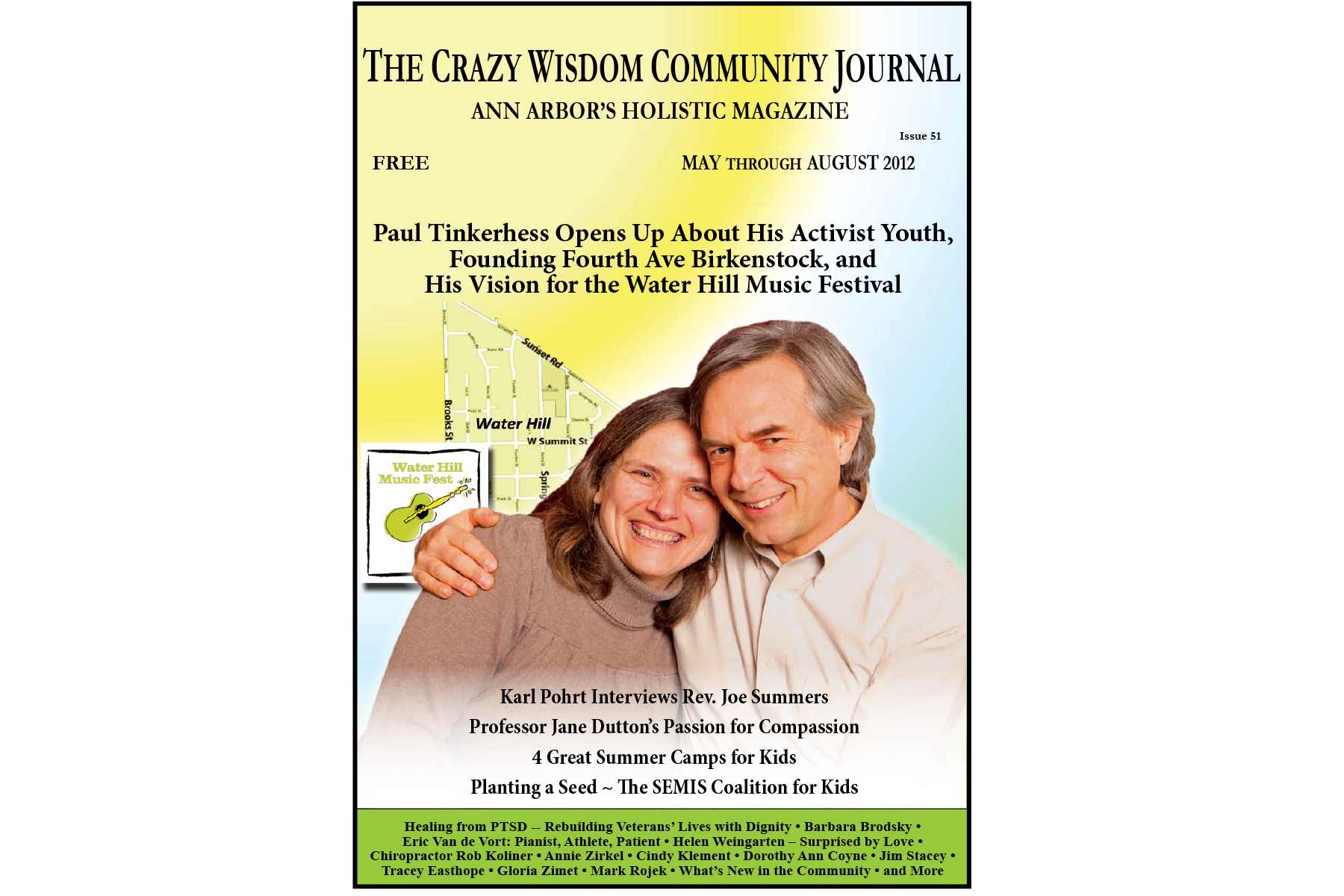


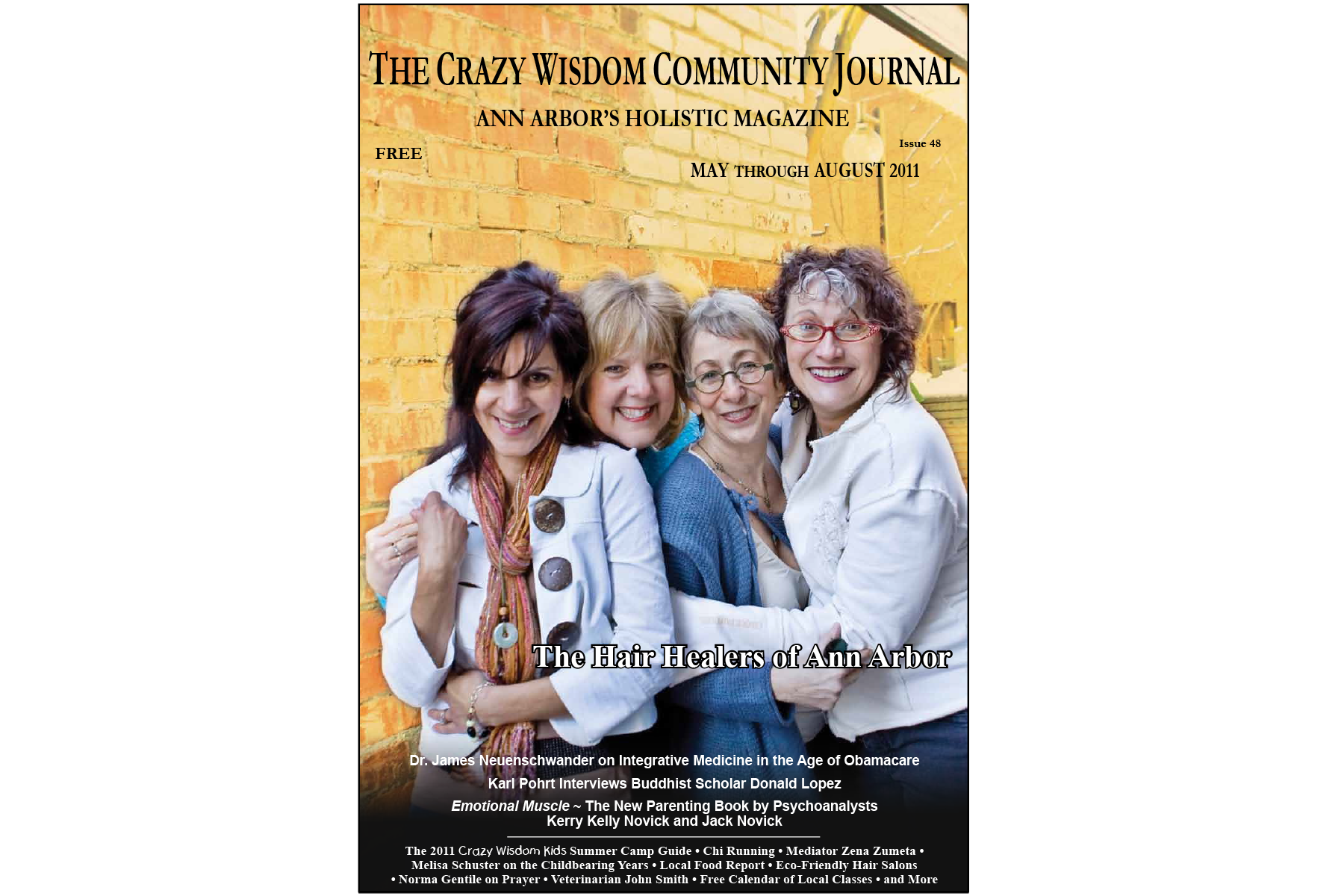
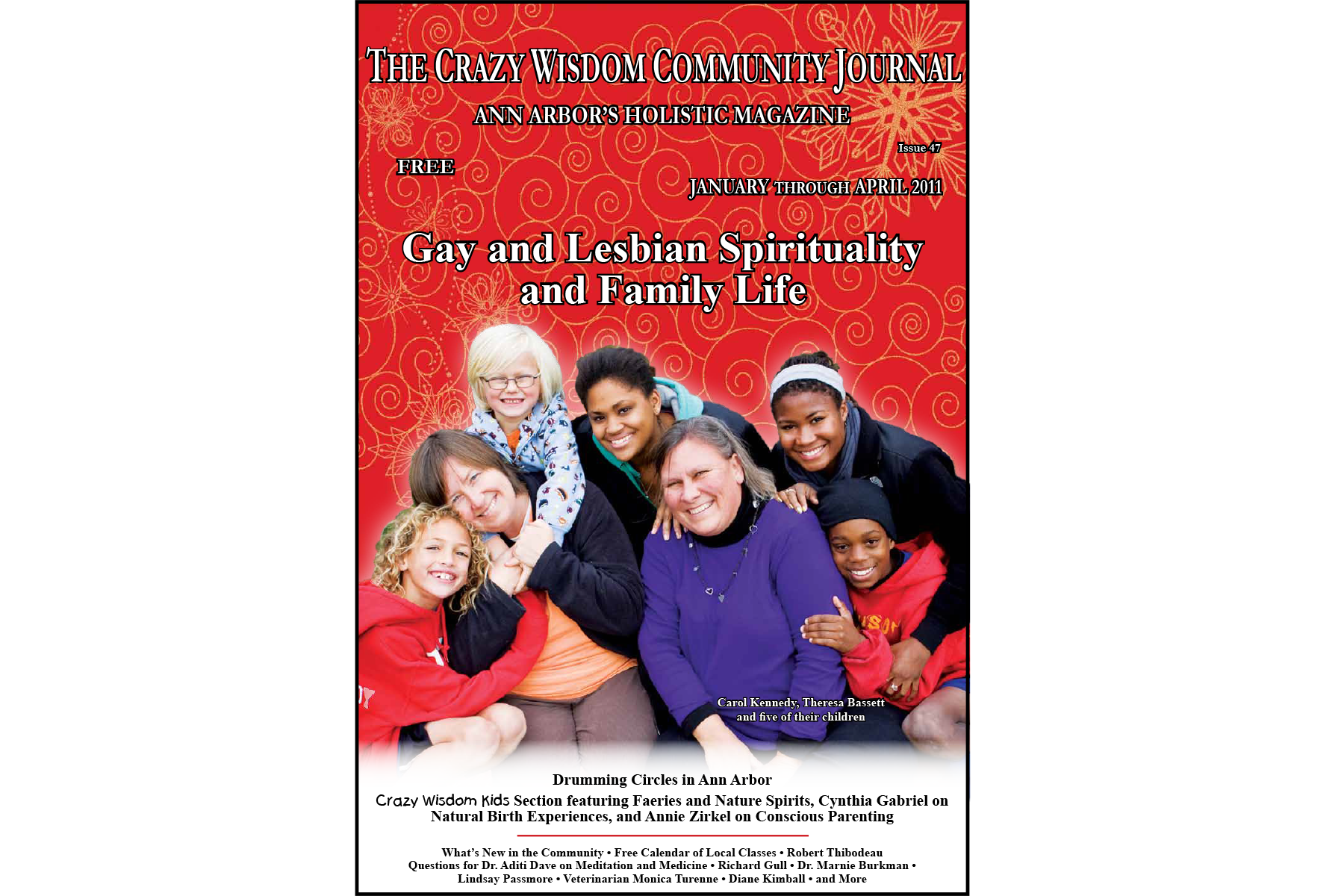
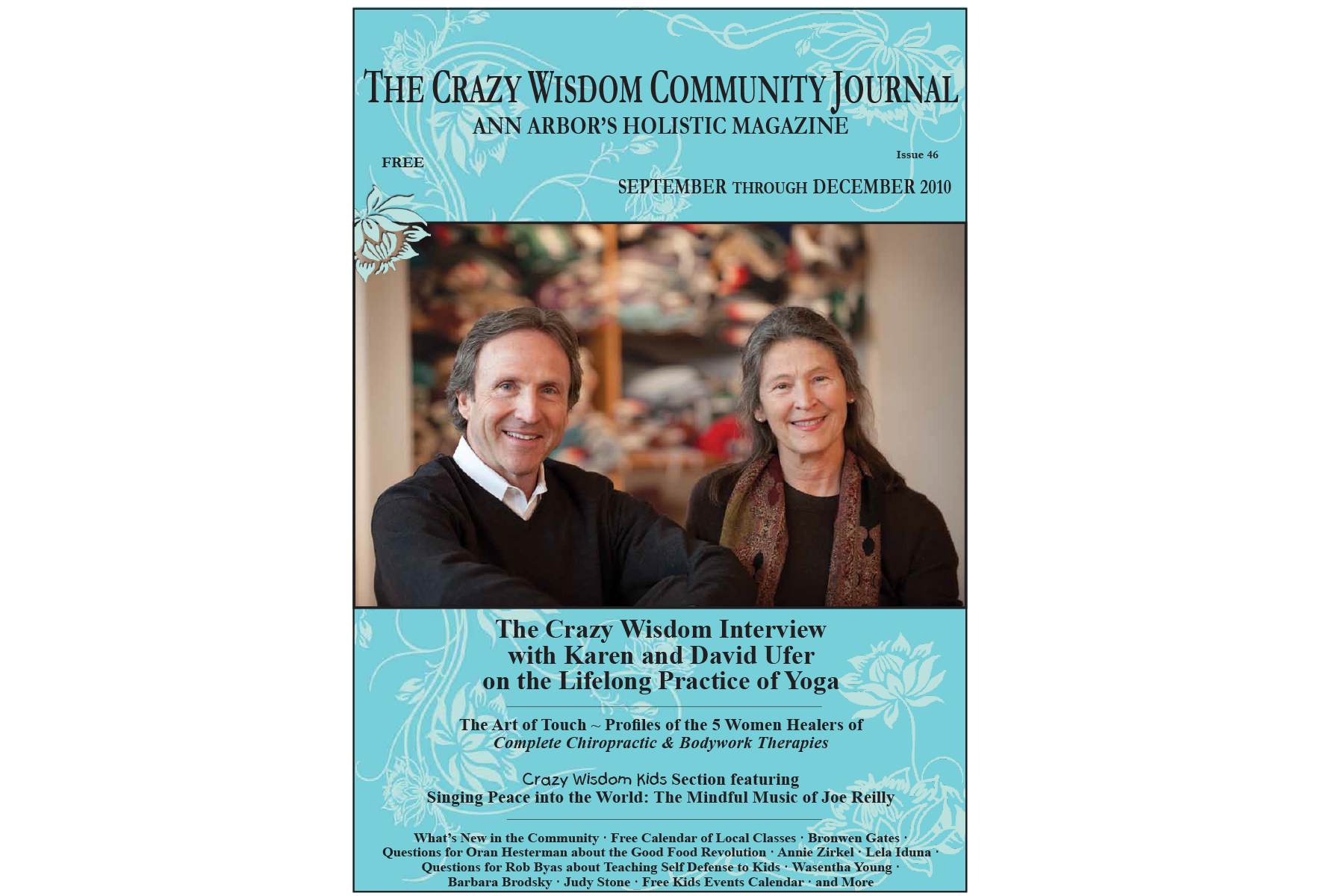





The Divine Feminist dives deeply into an age-old notion of misalignment within people and the universe. Author Ceryn Rowntree examines the imbalance she believes to be prominent between the Goddess and that which holds a feminine energy and the patriarchal forces that seem to reign.